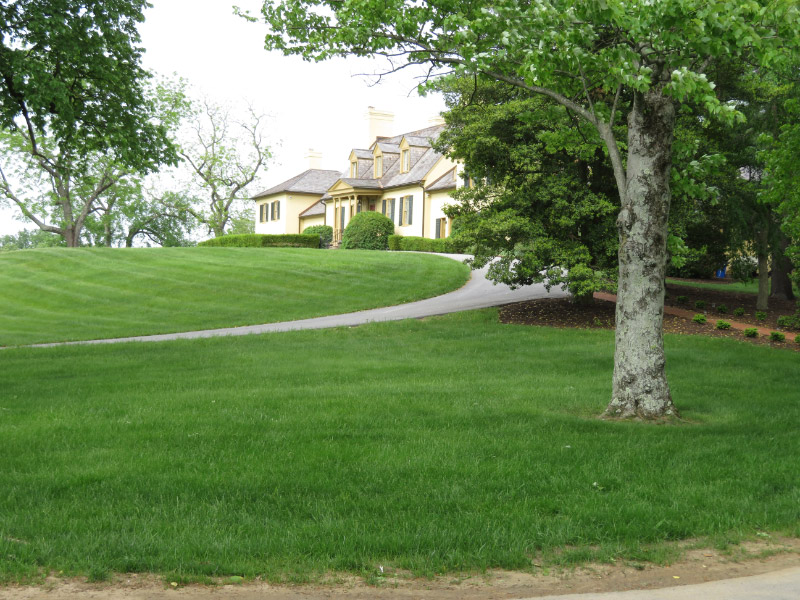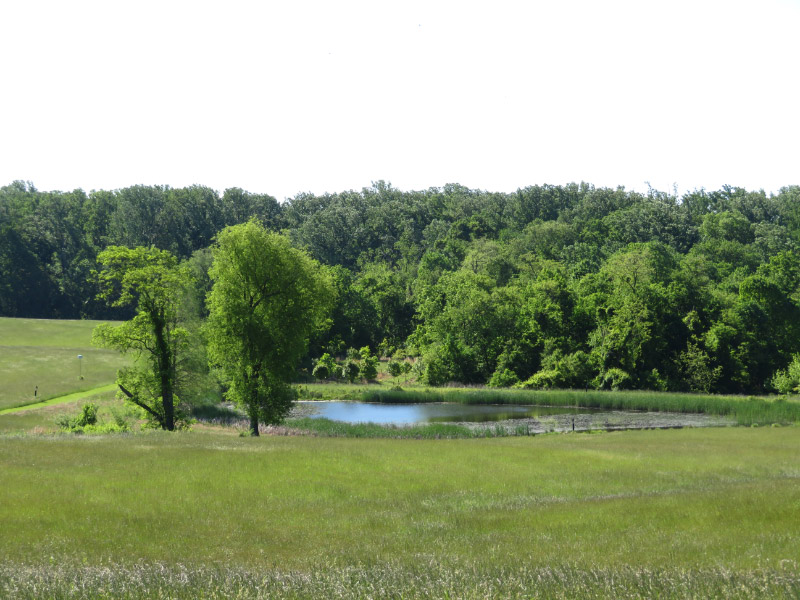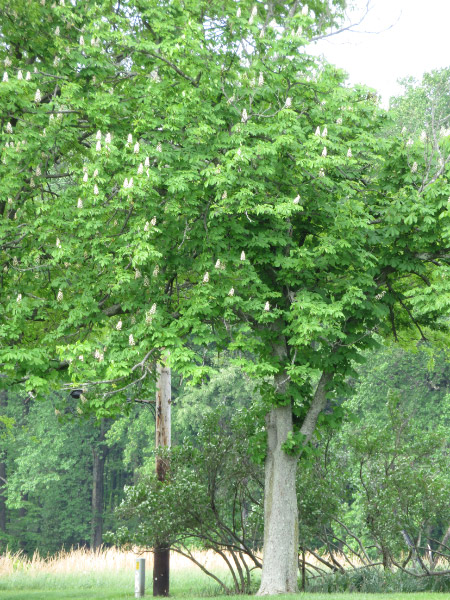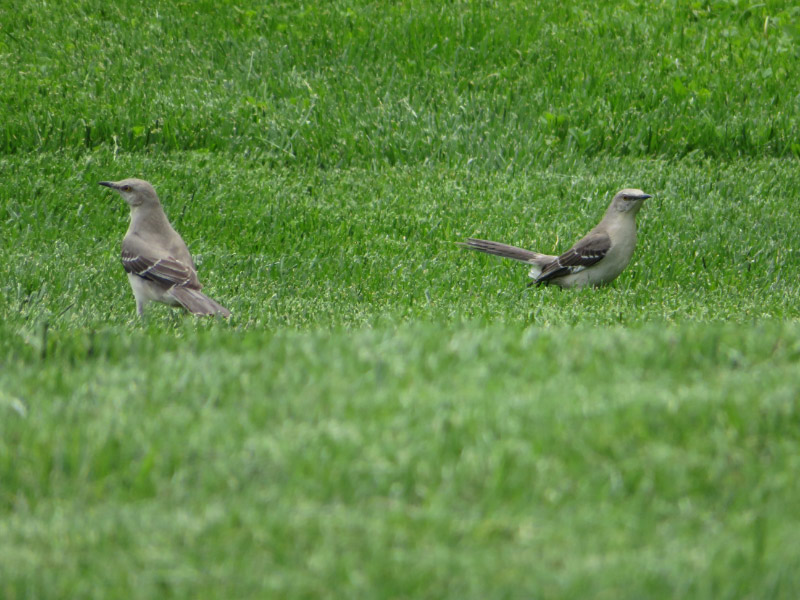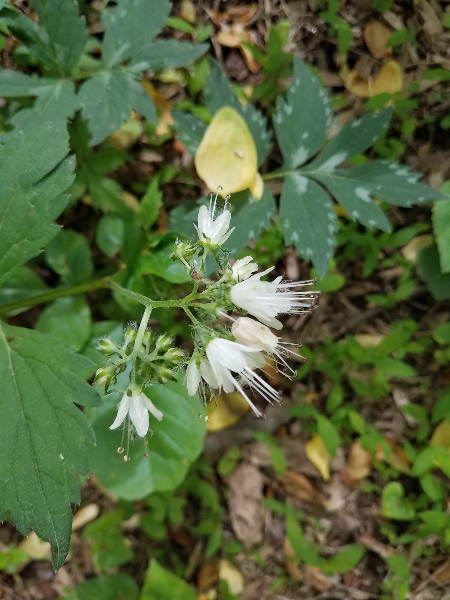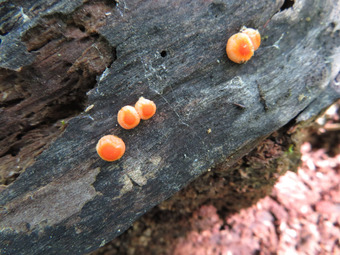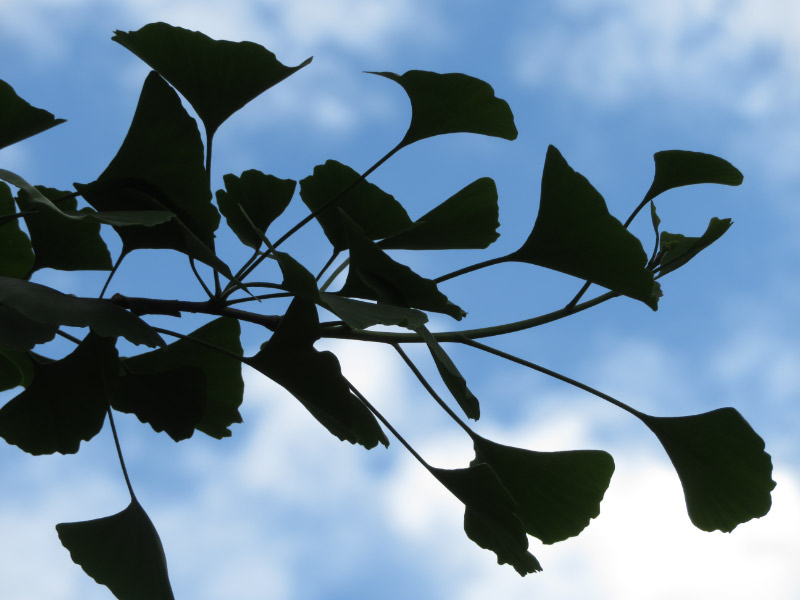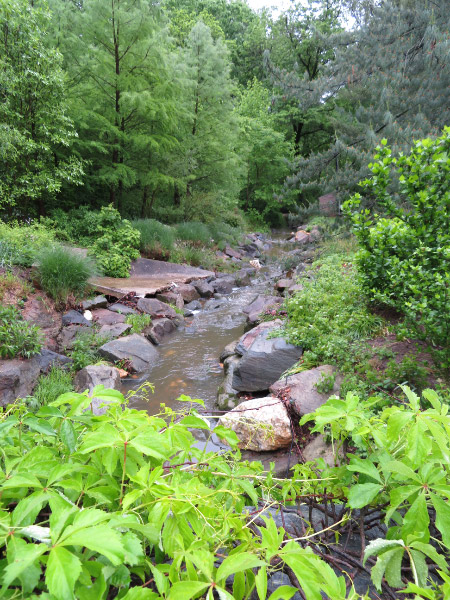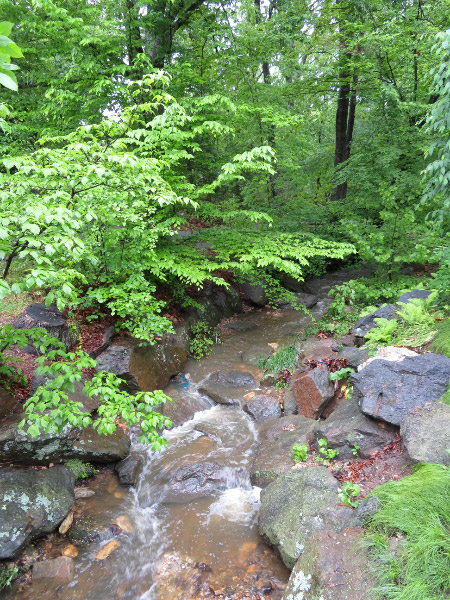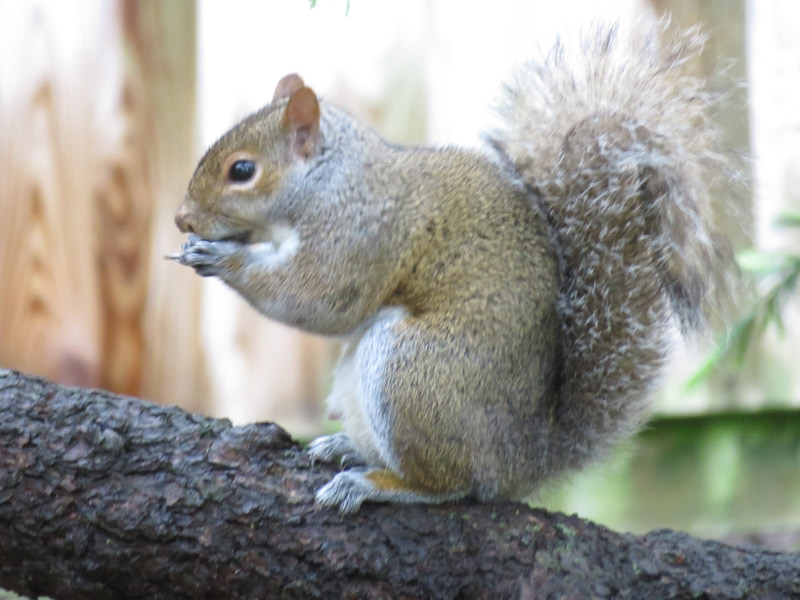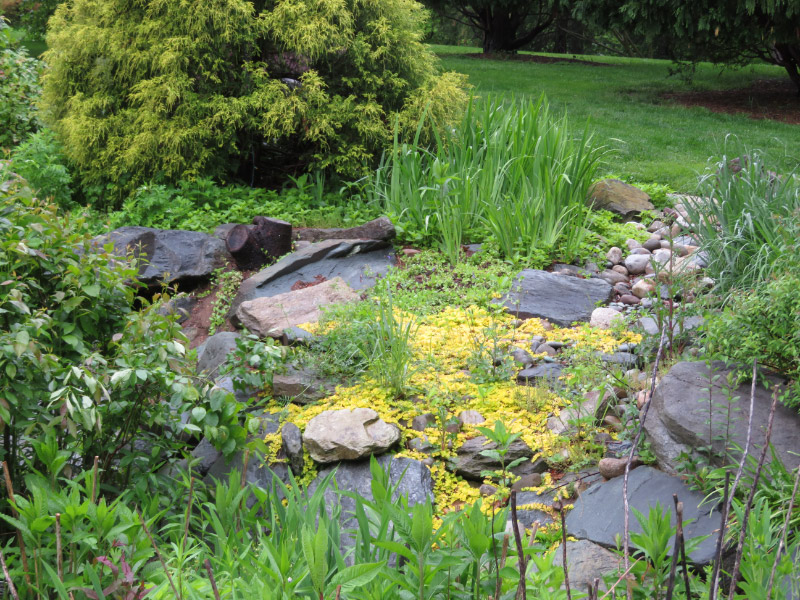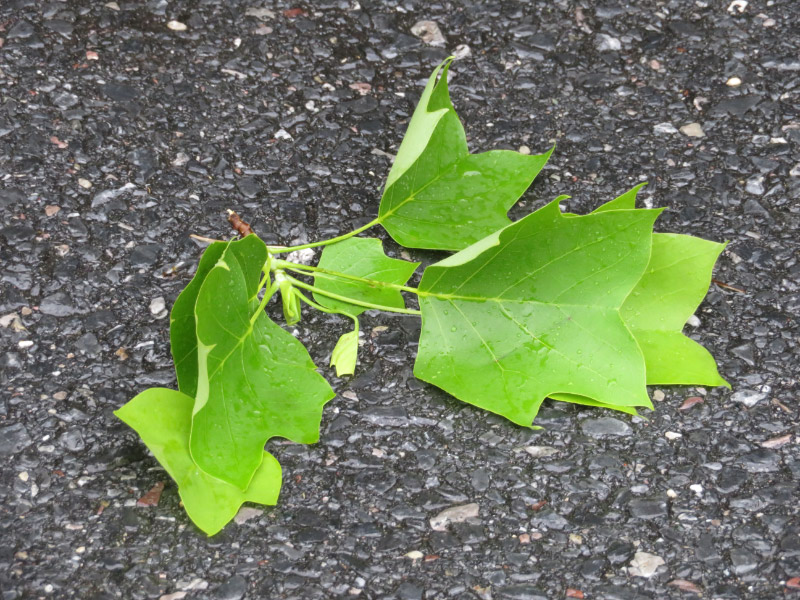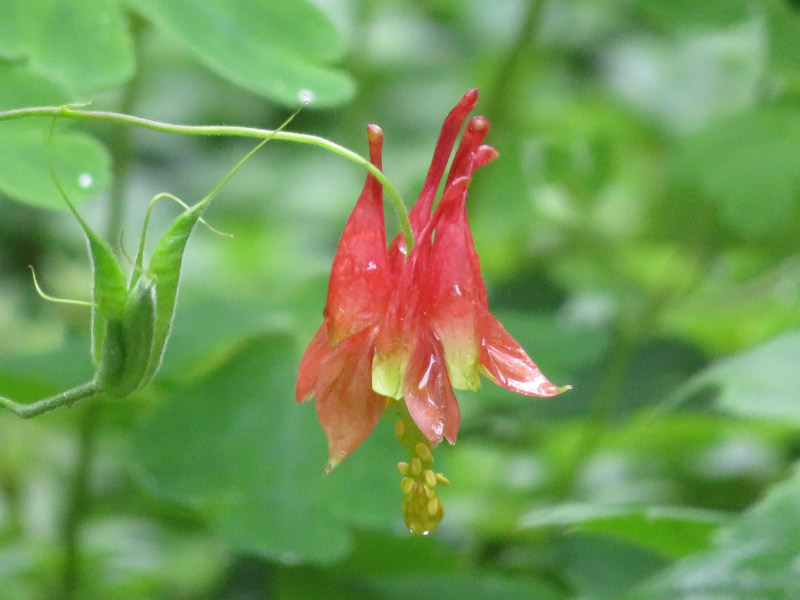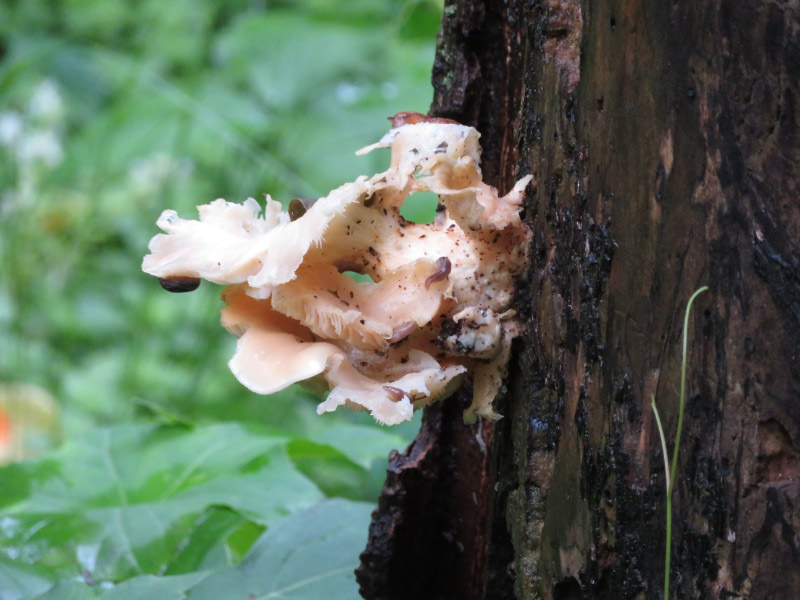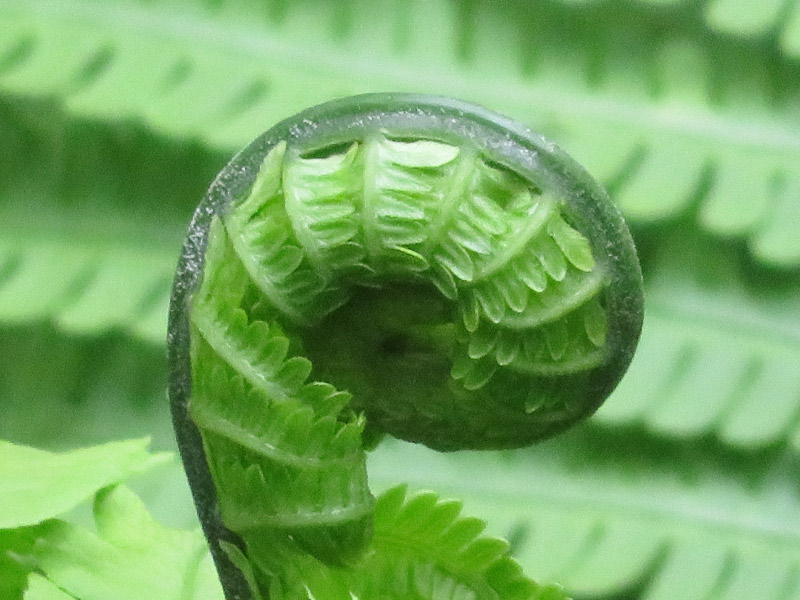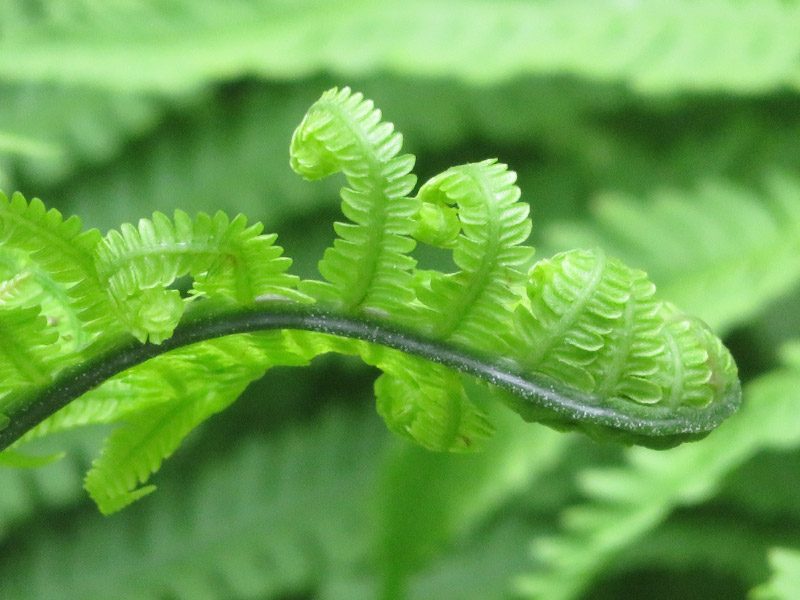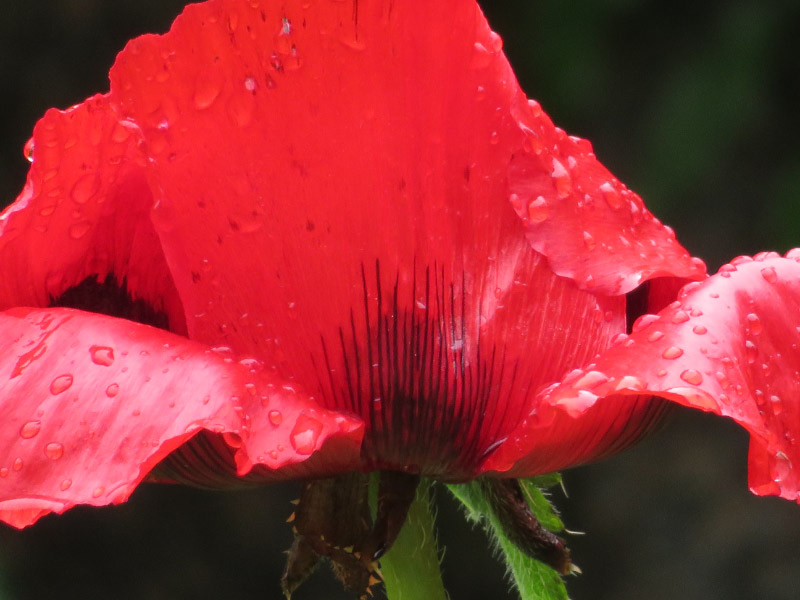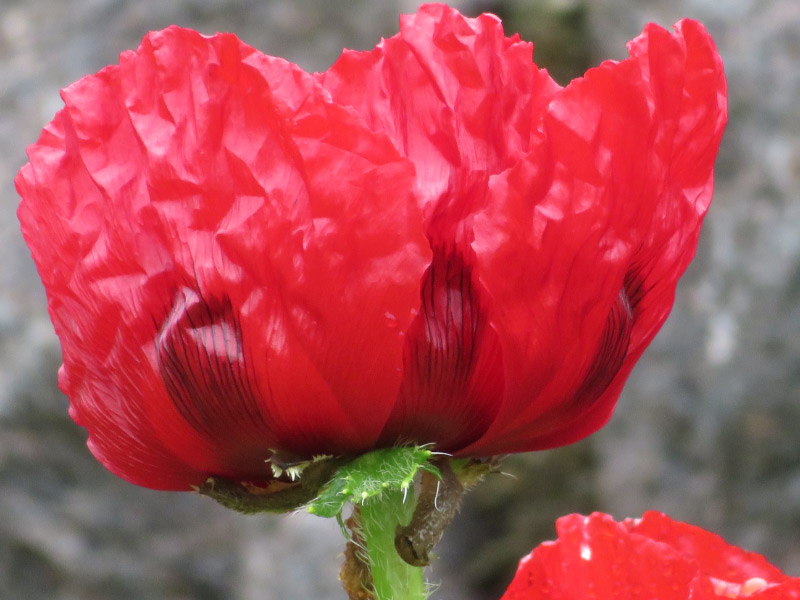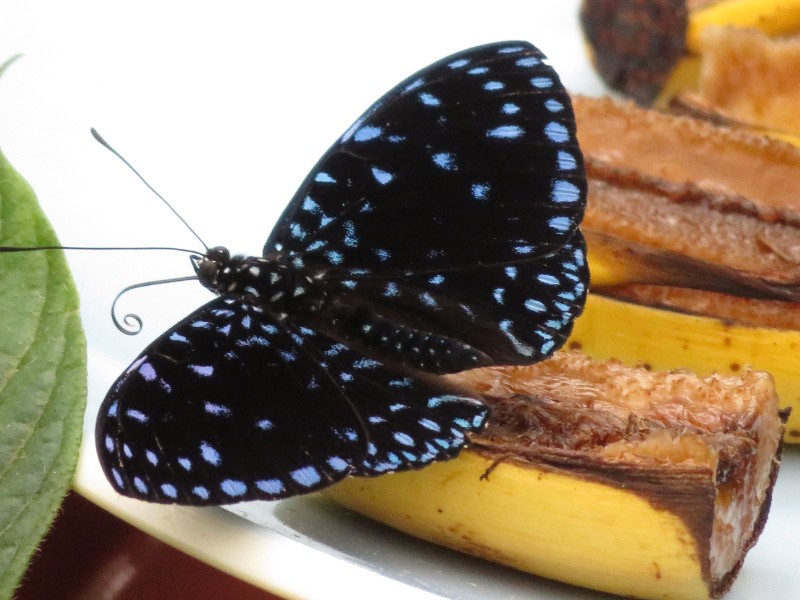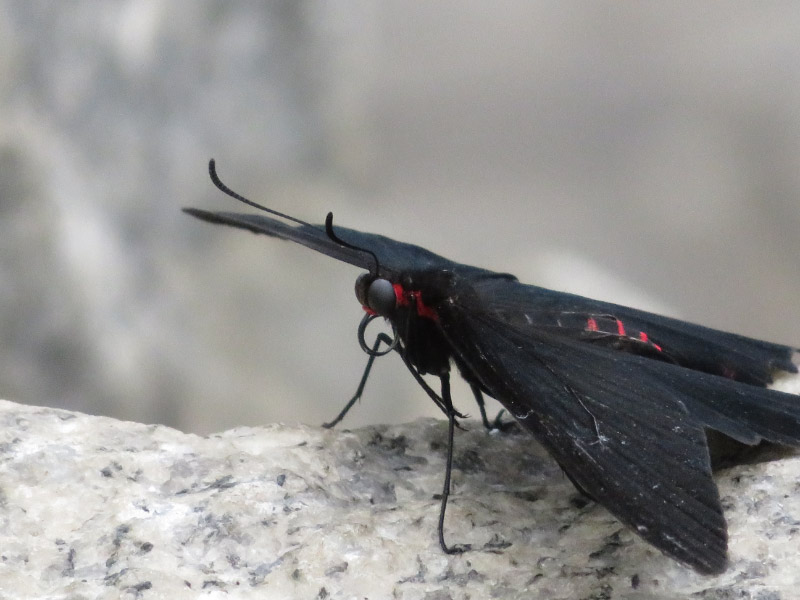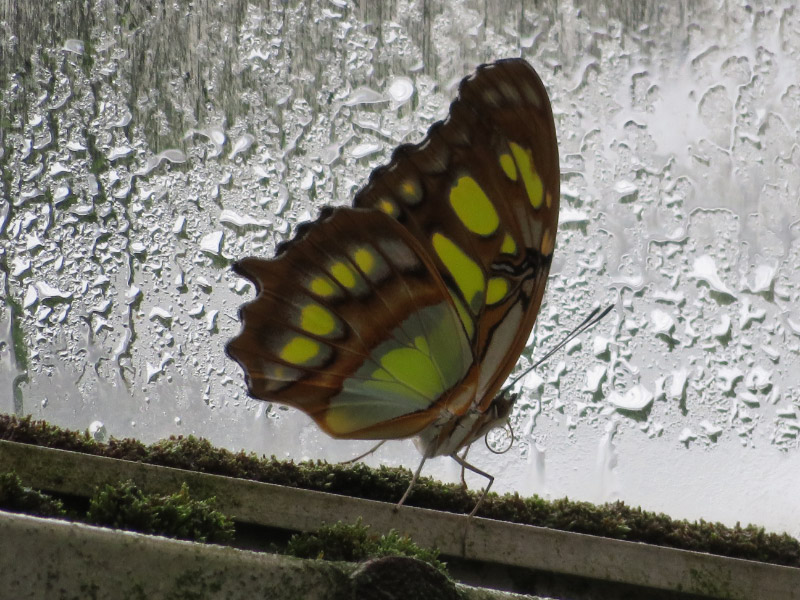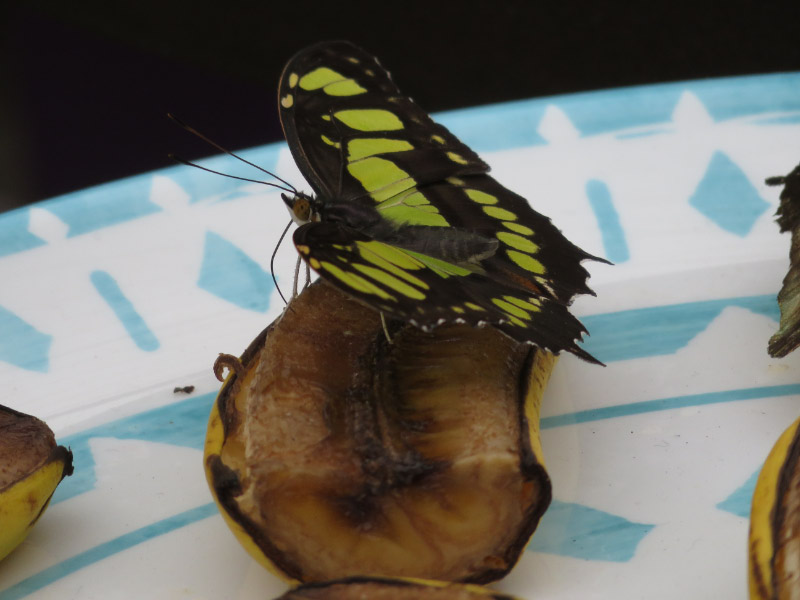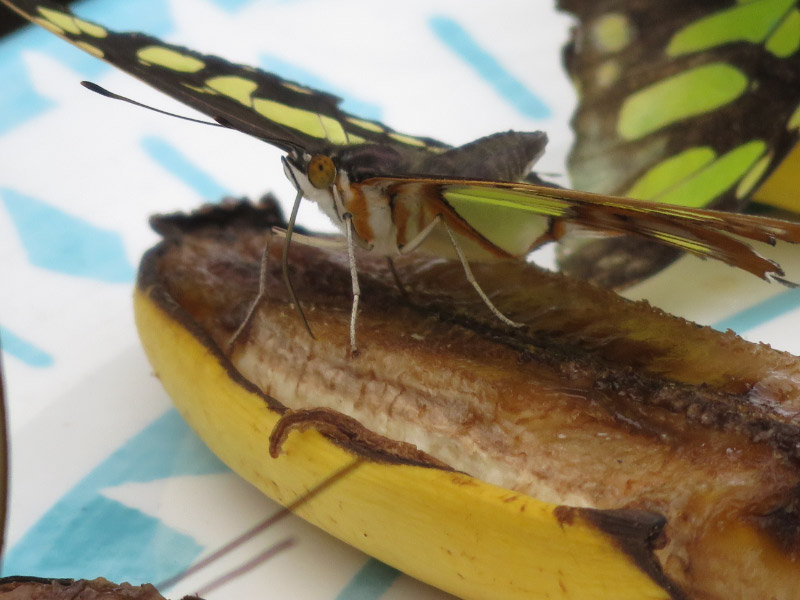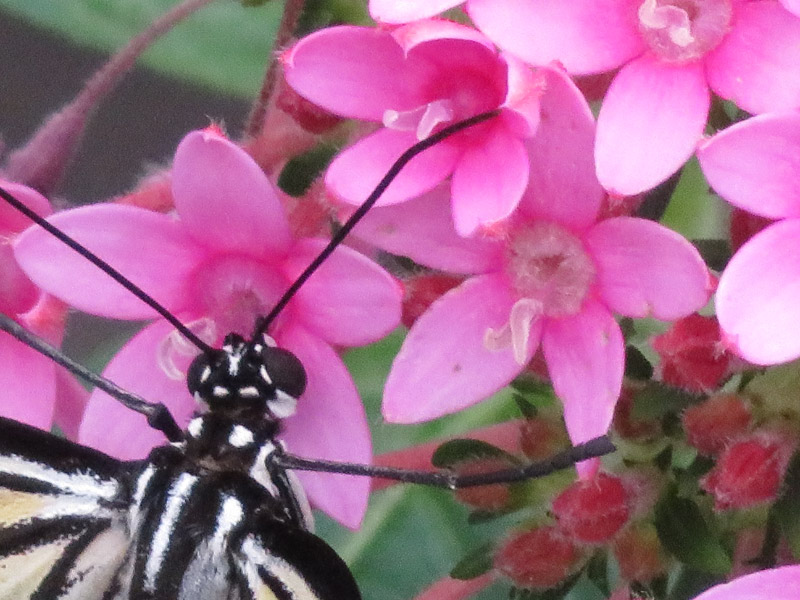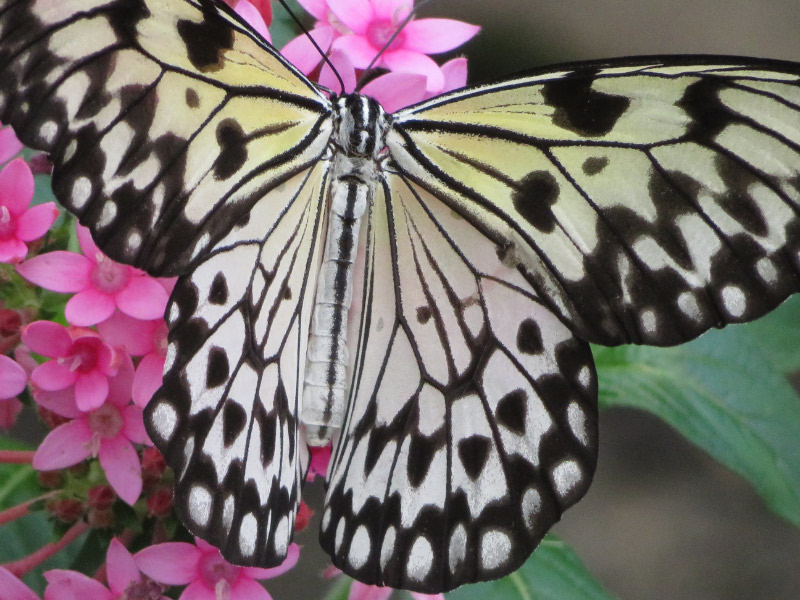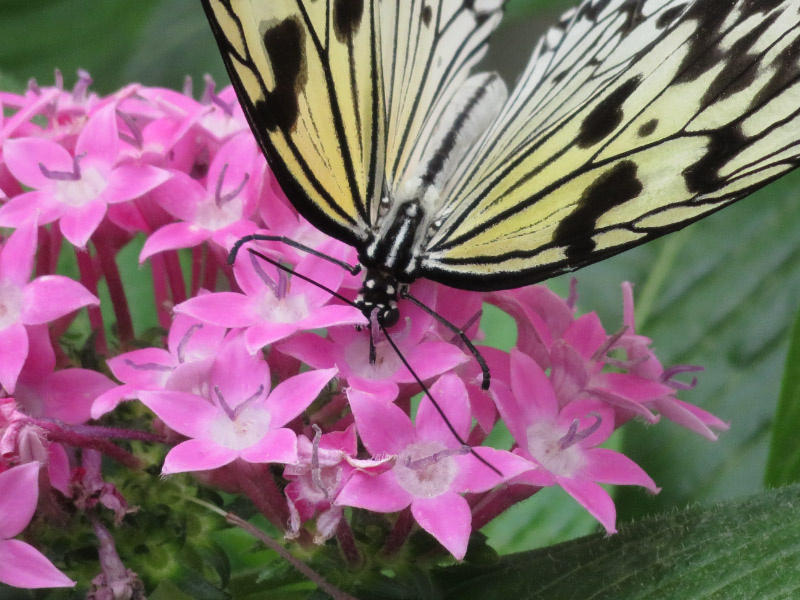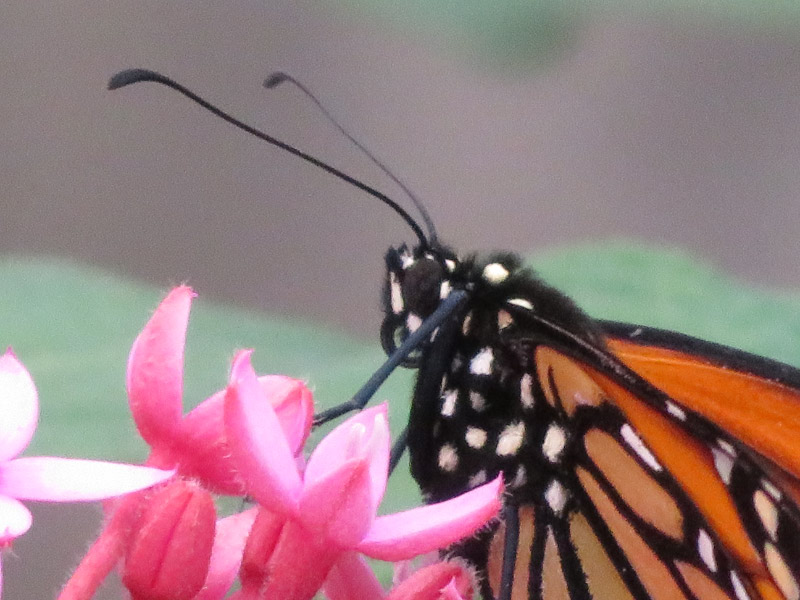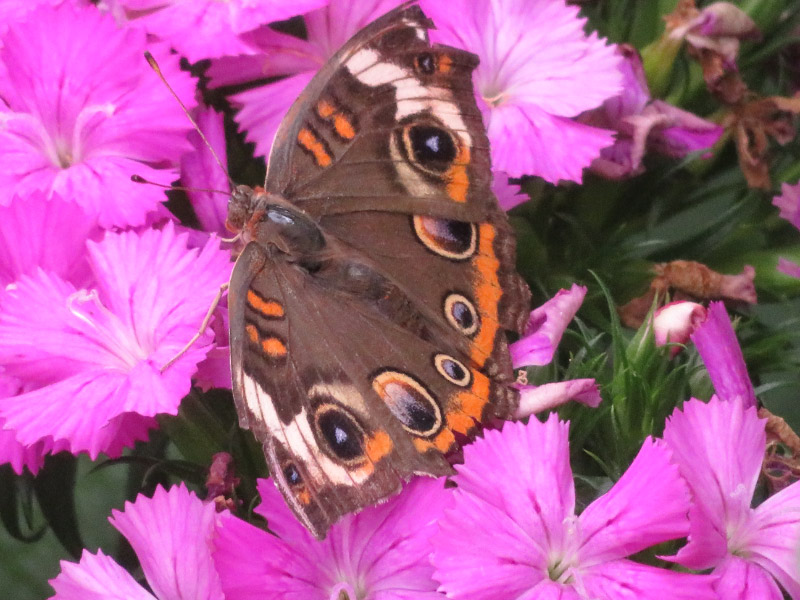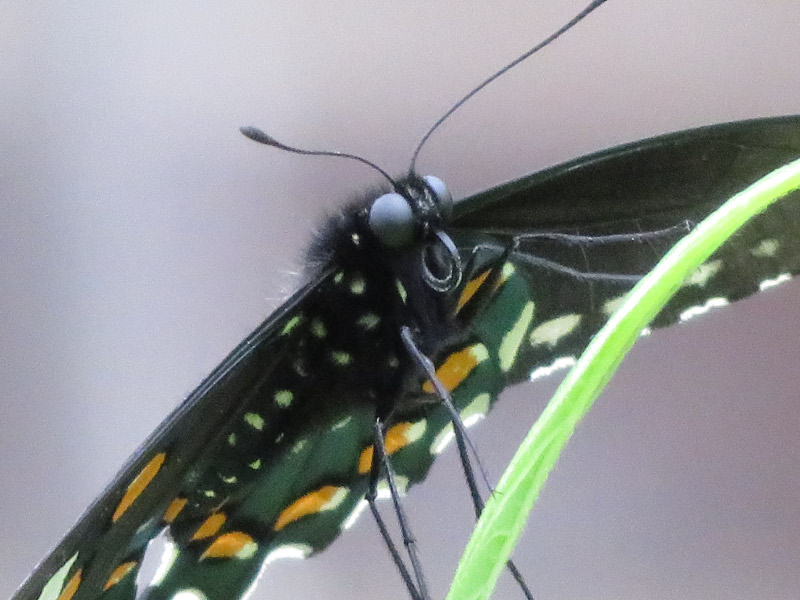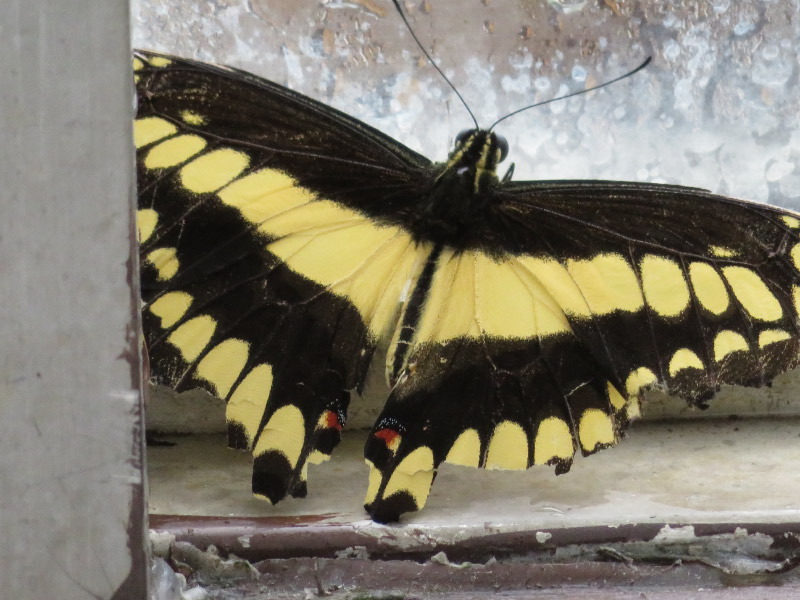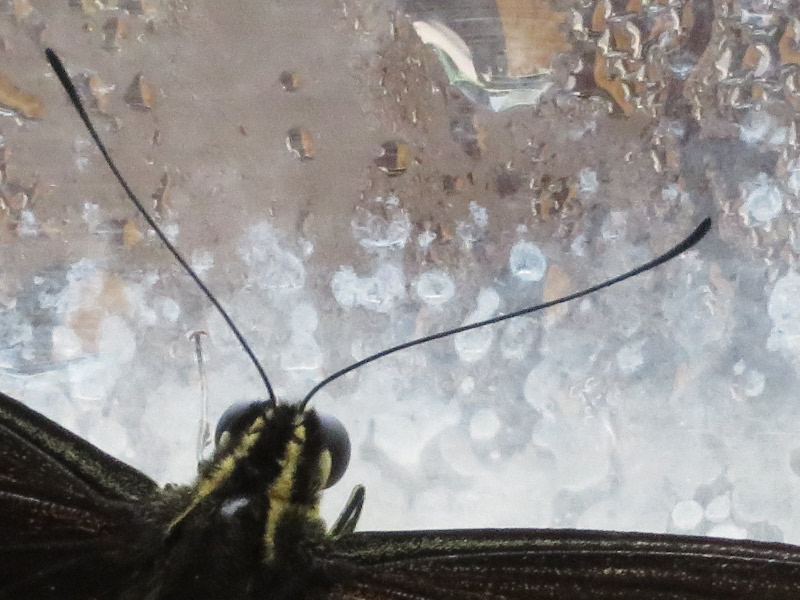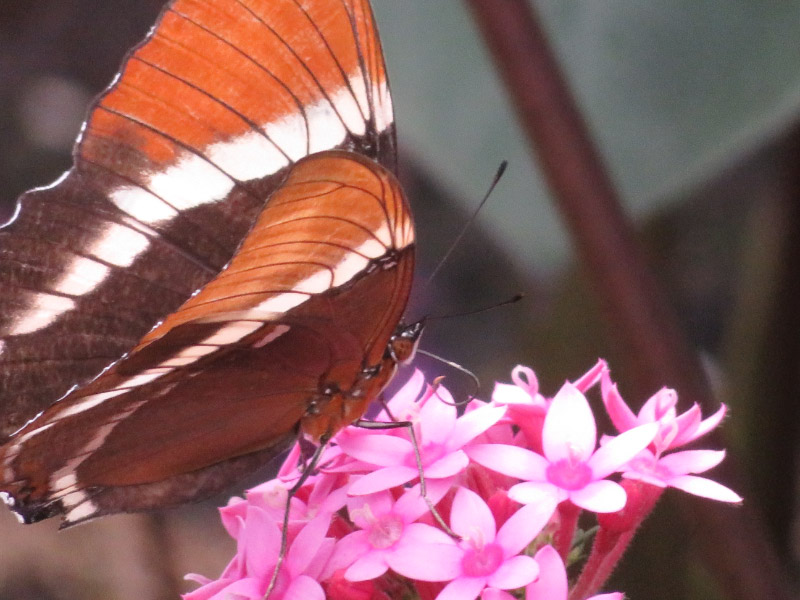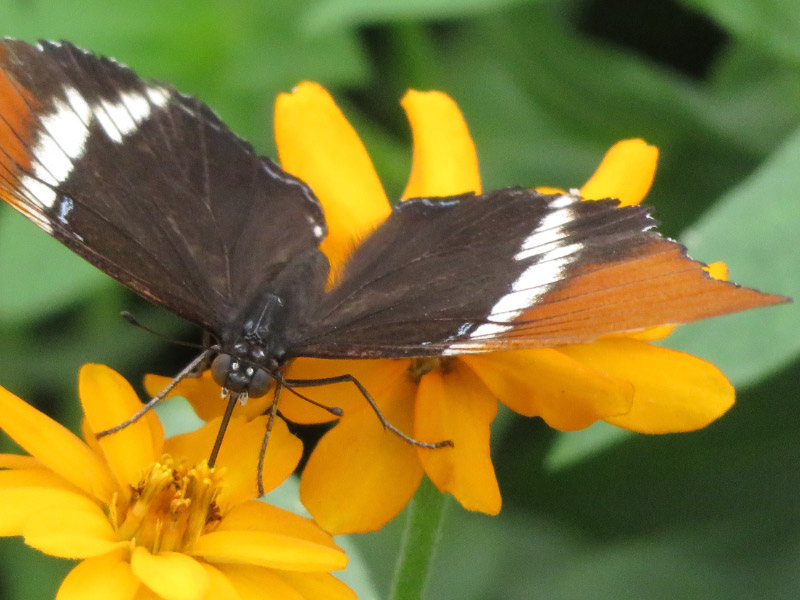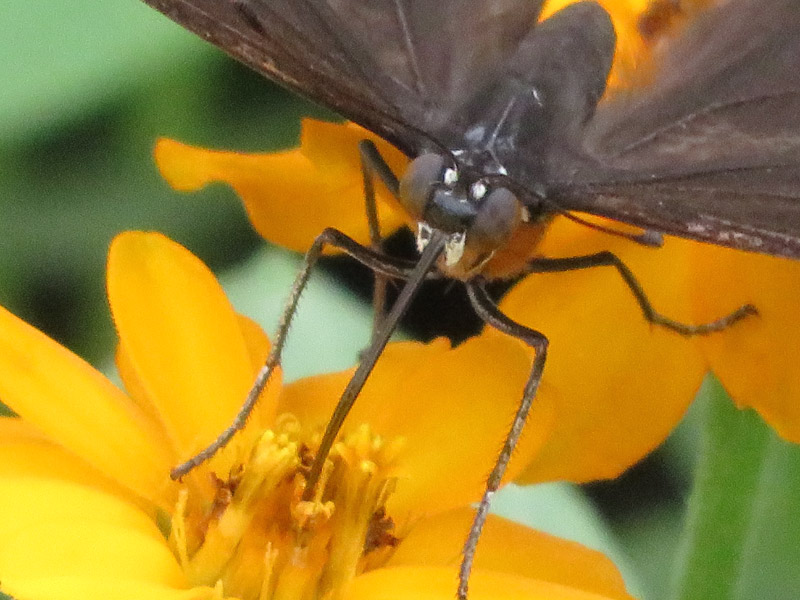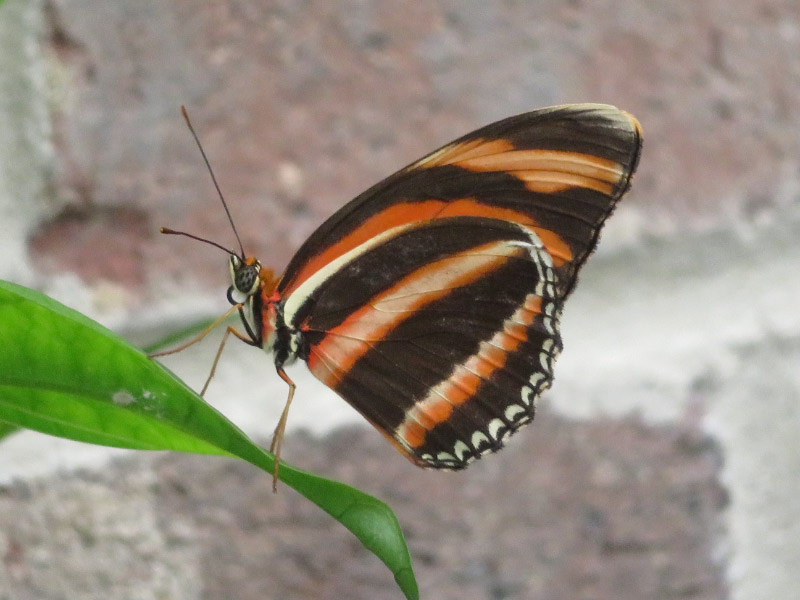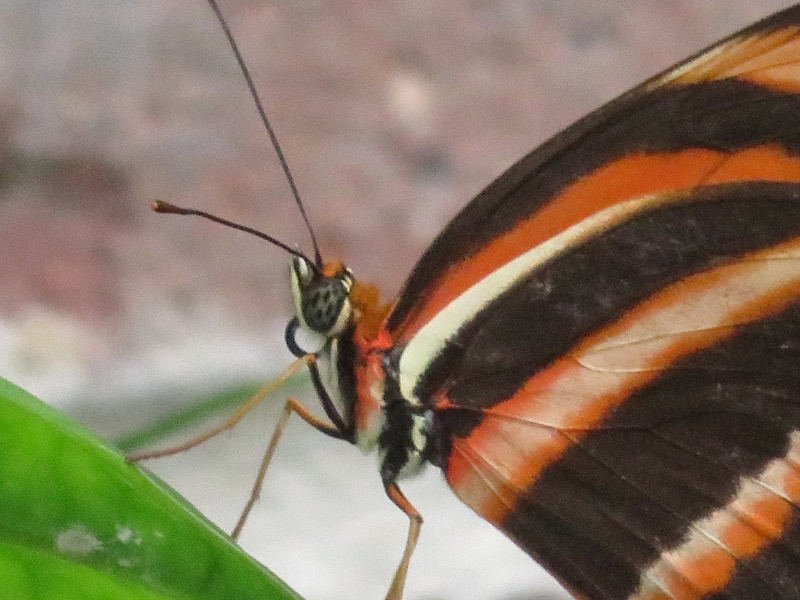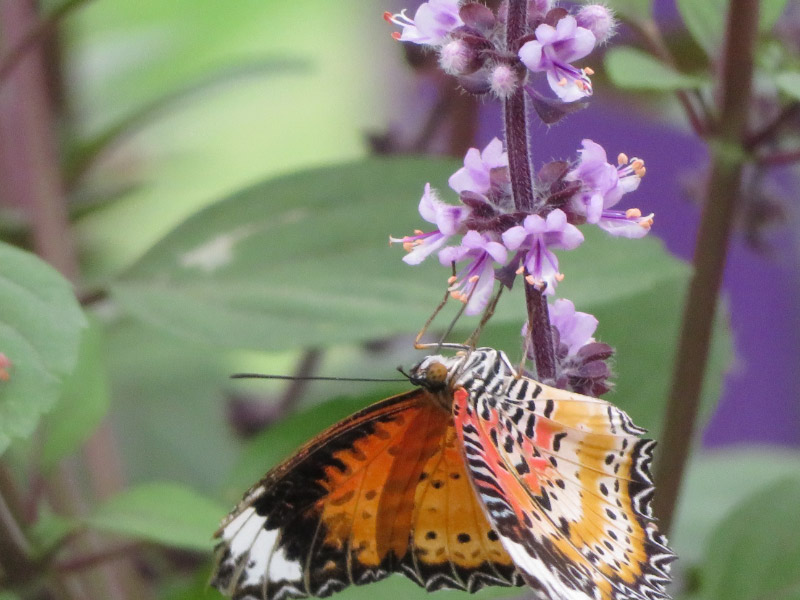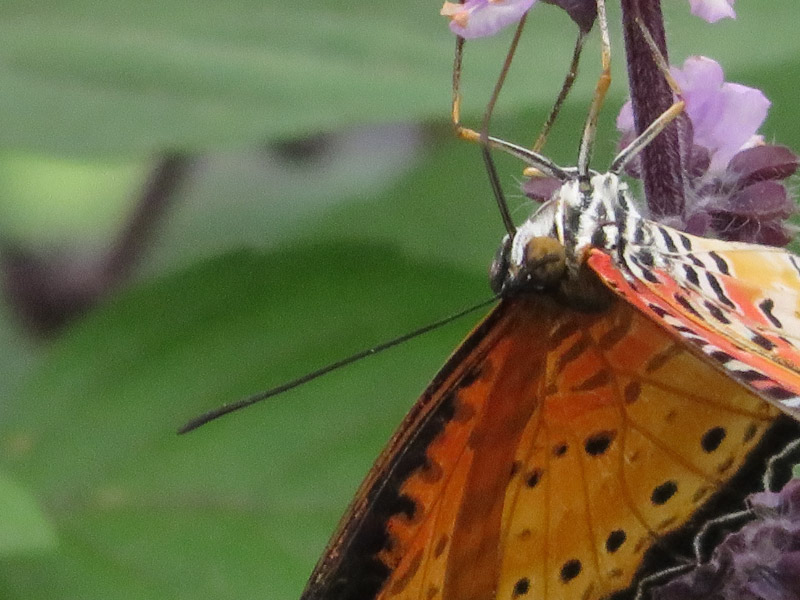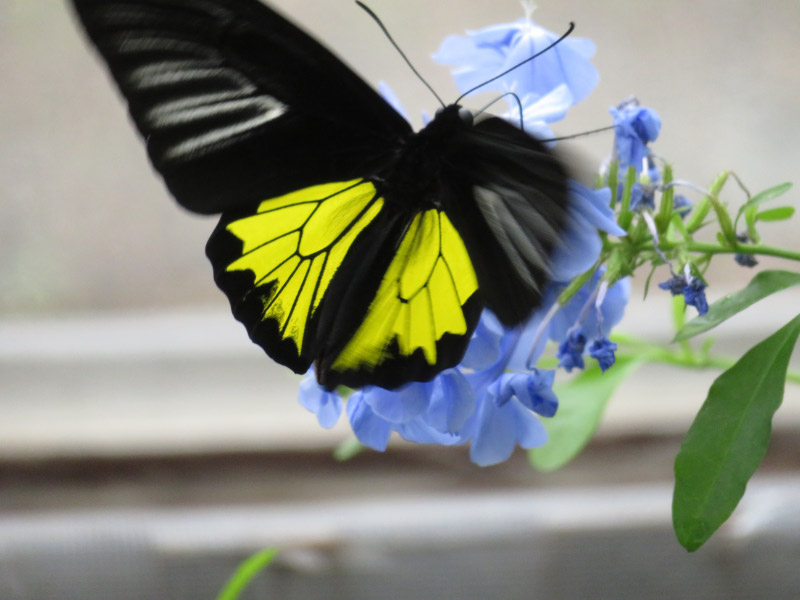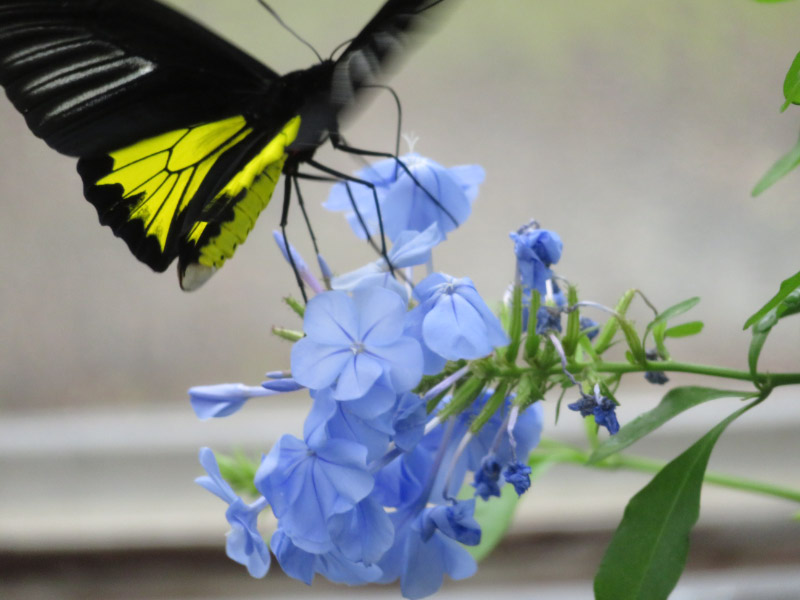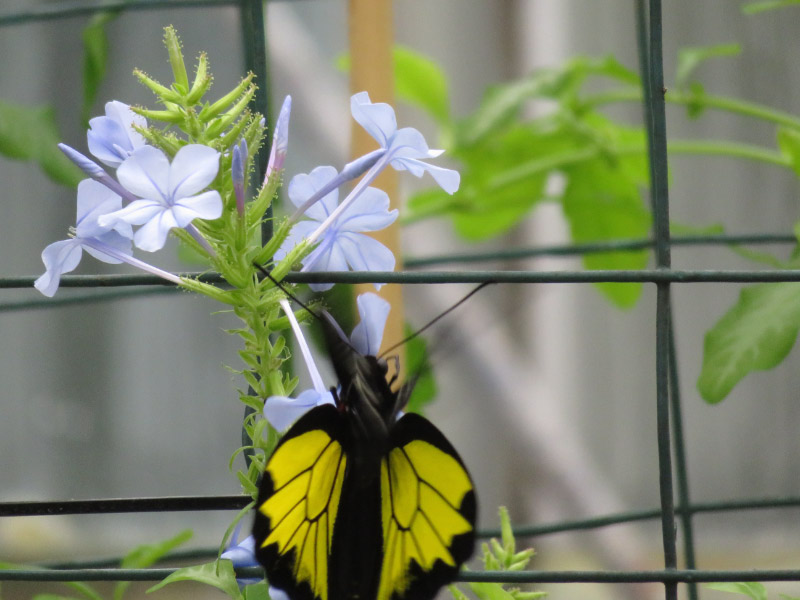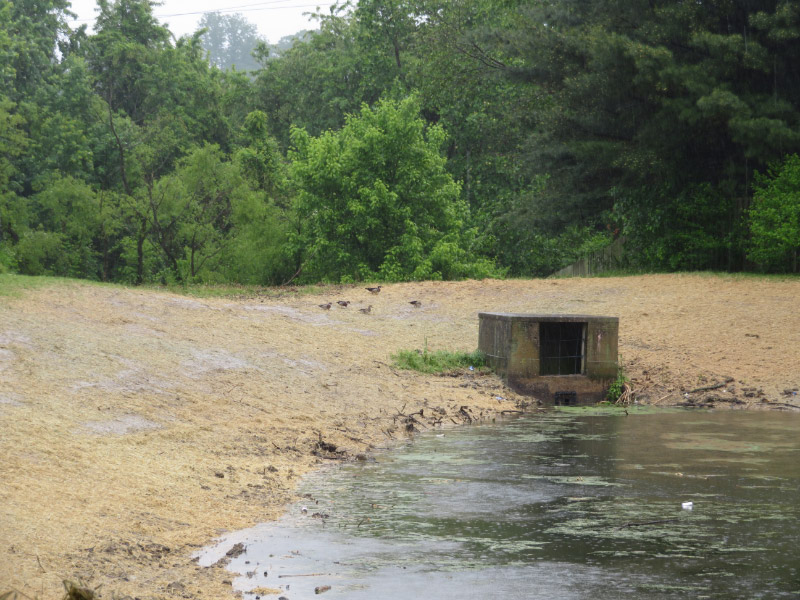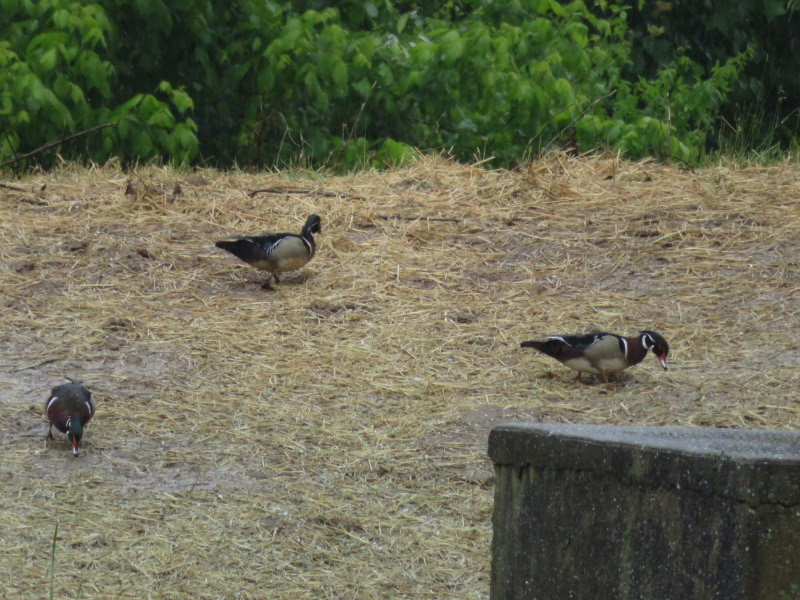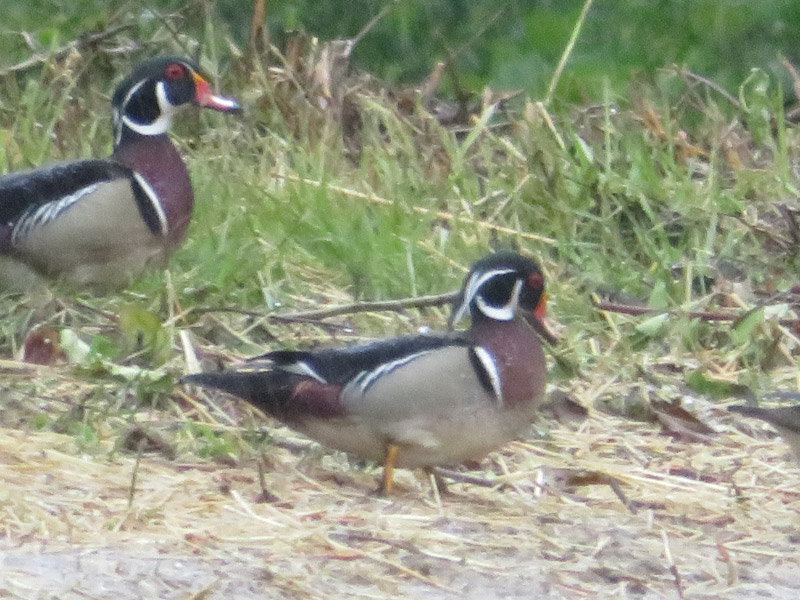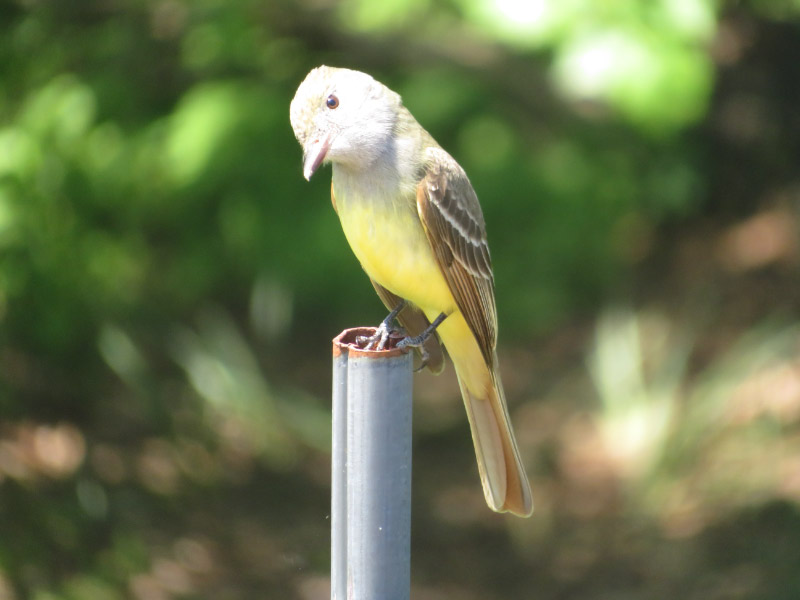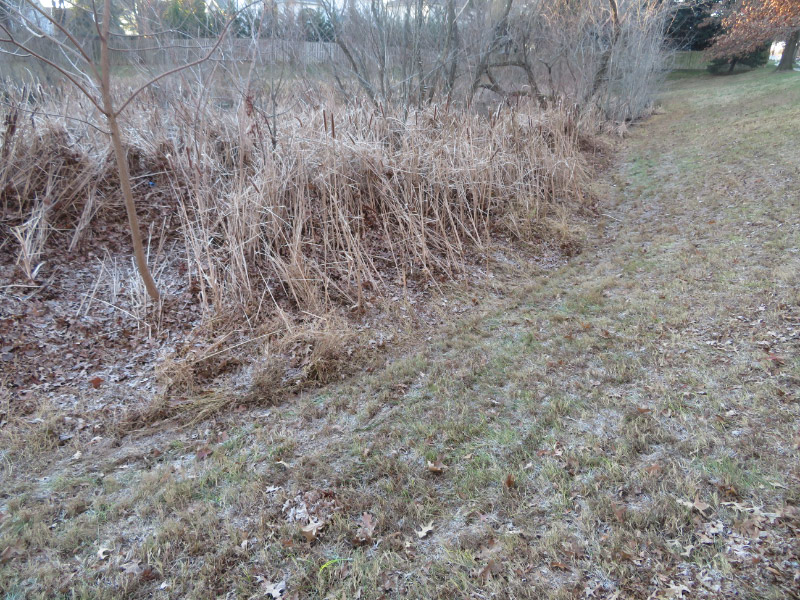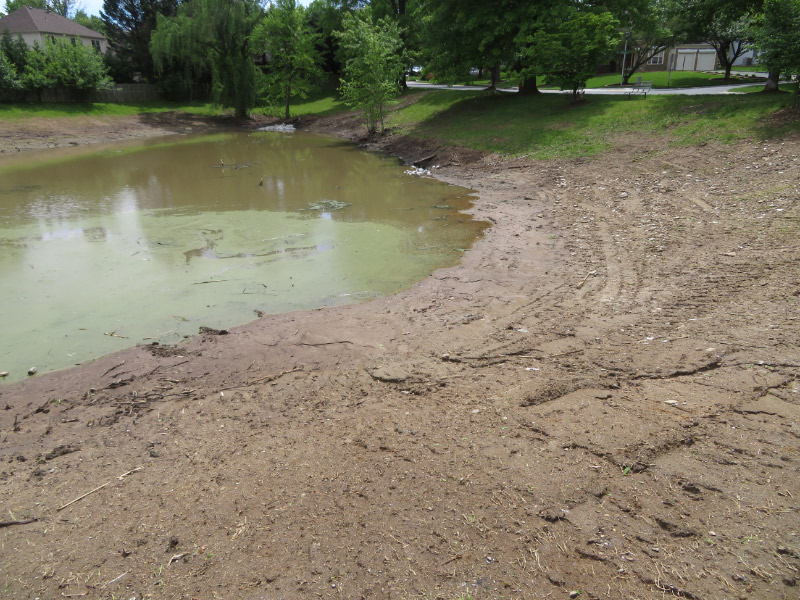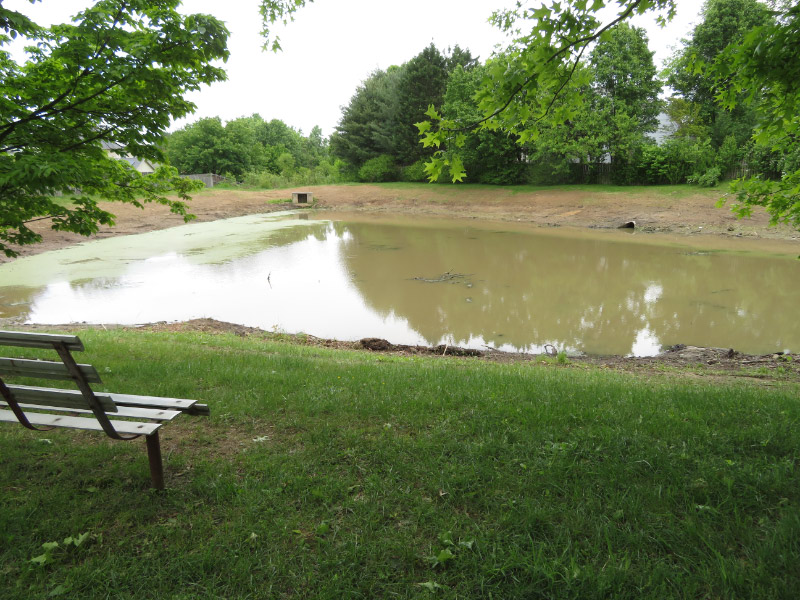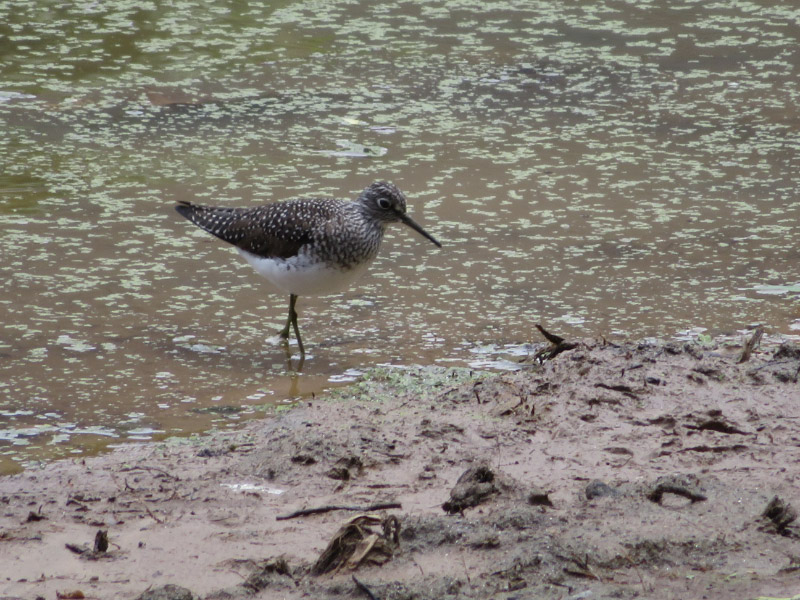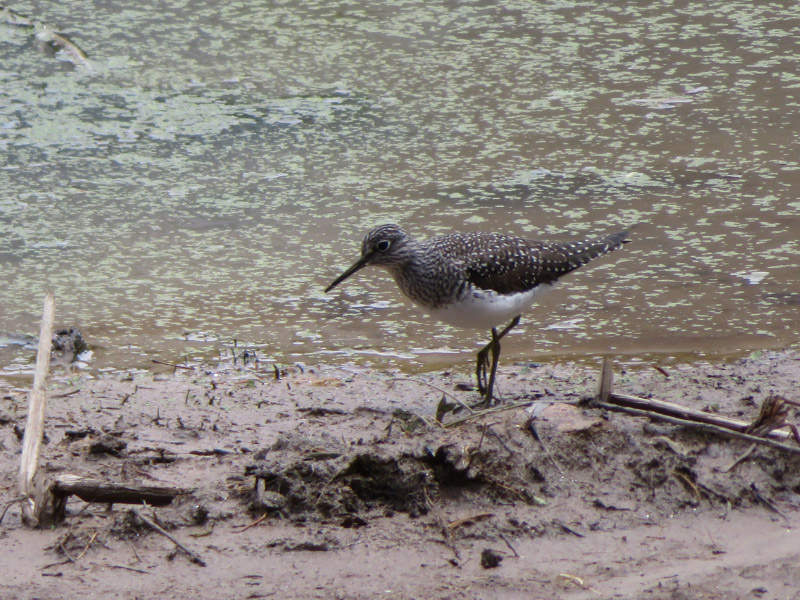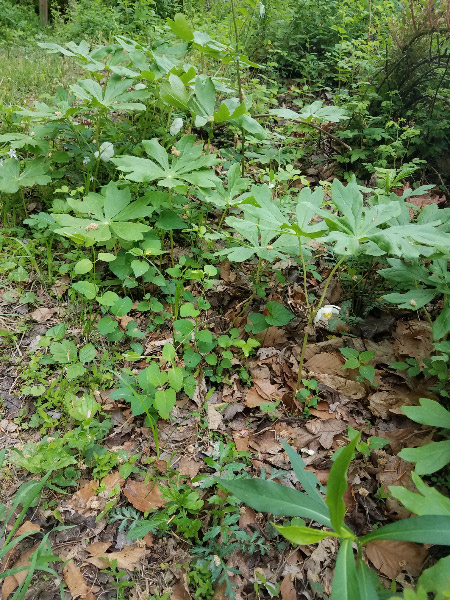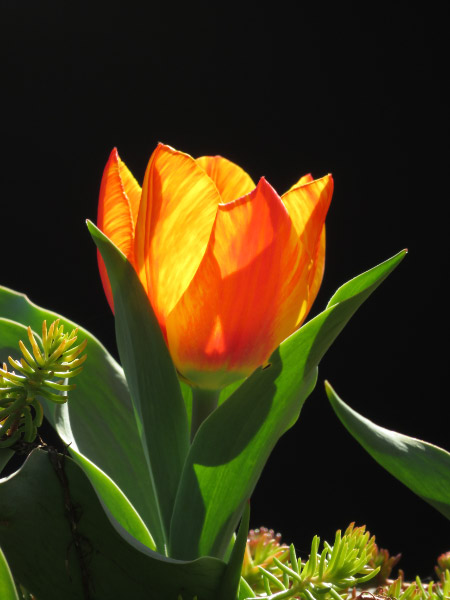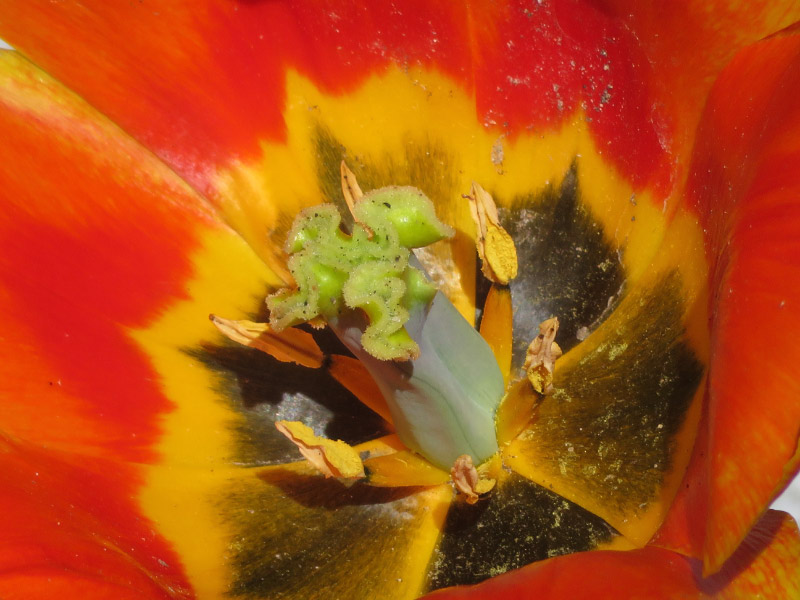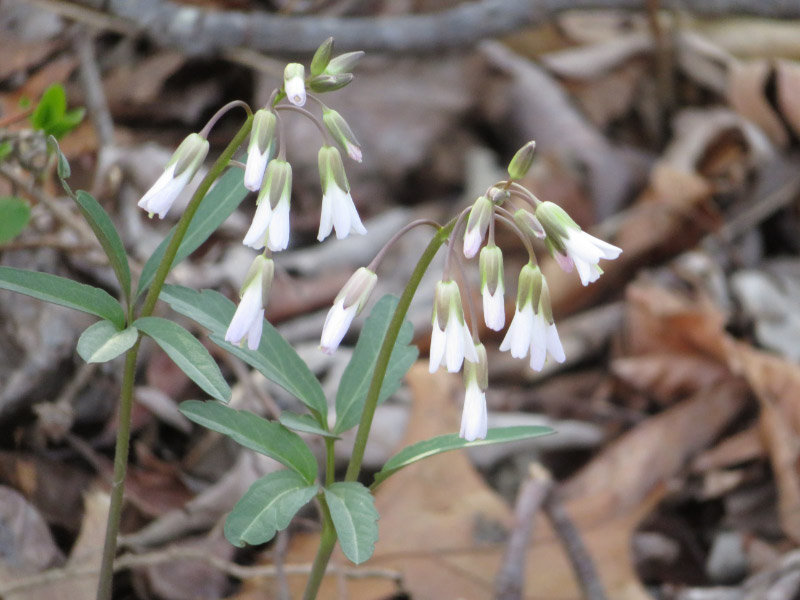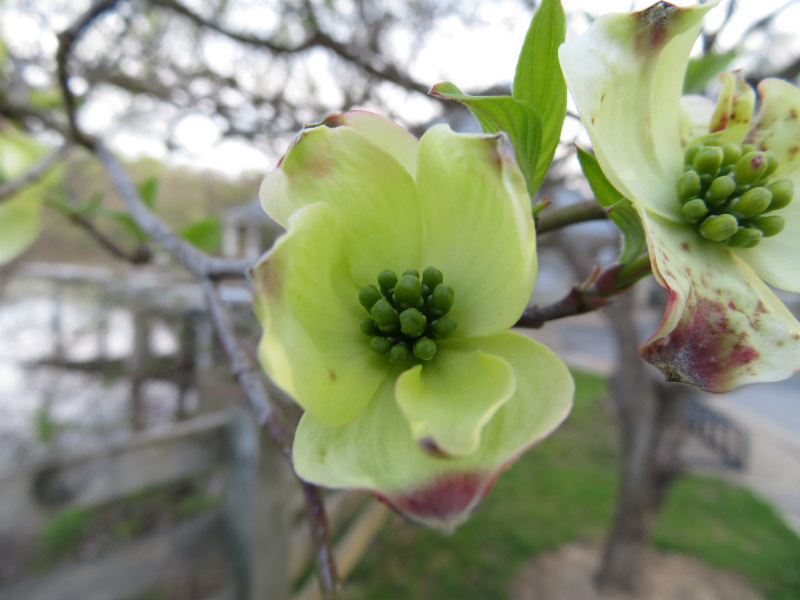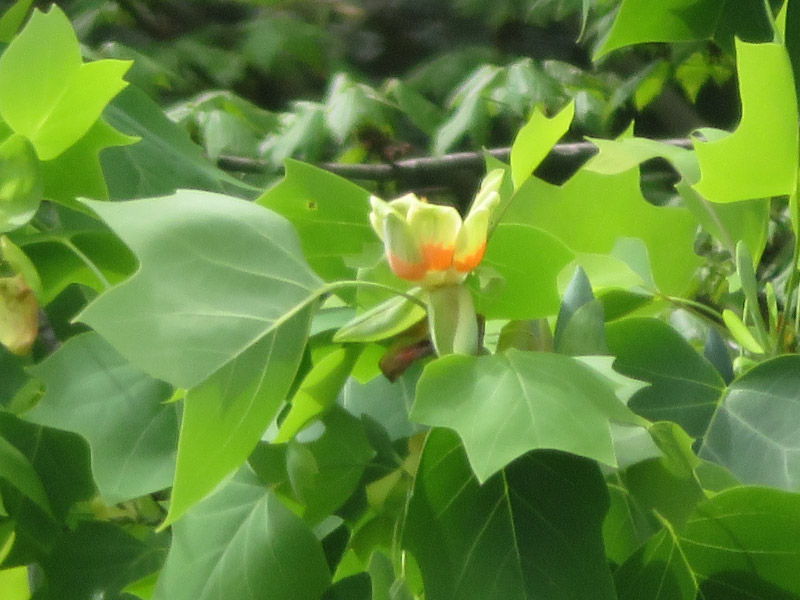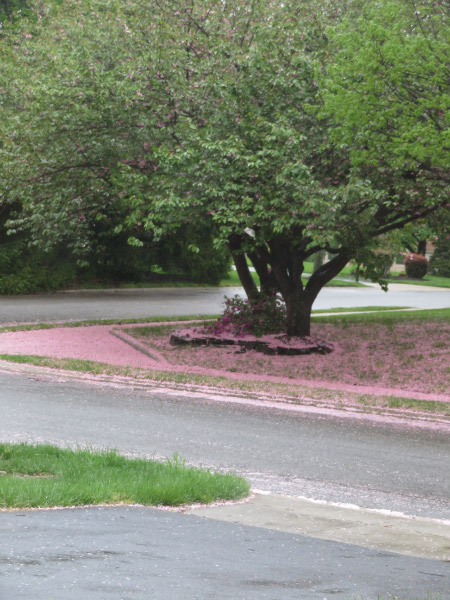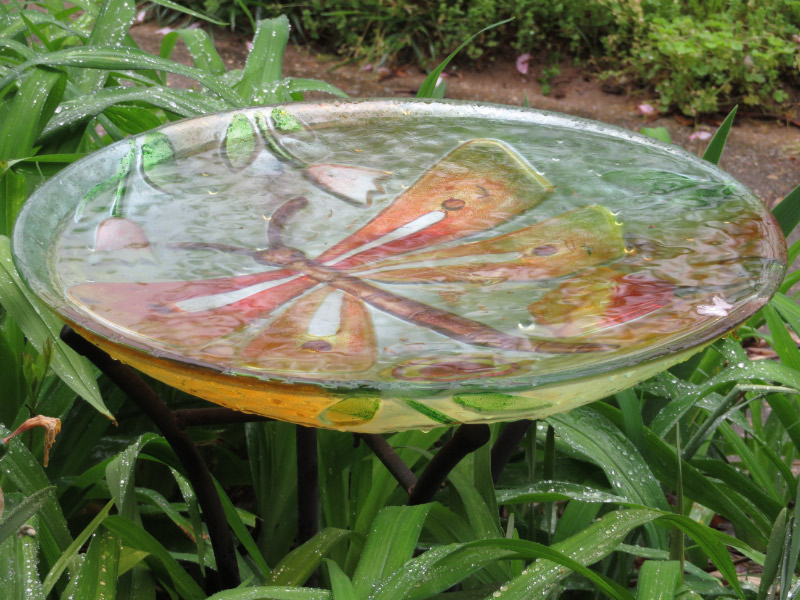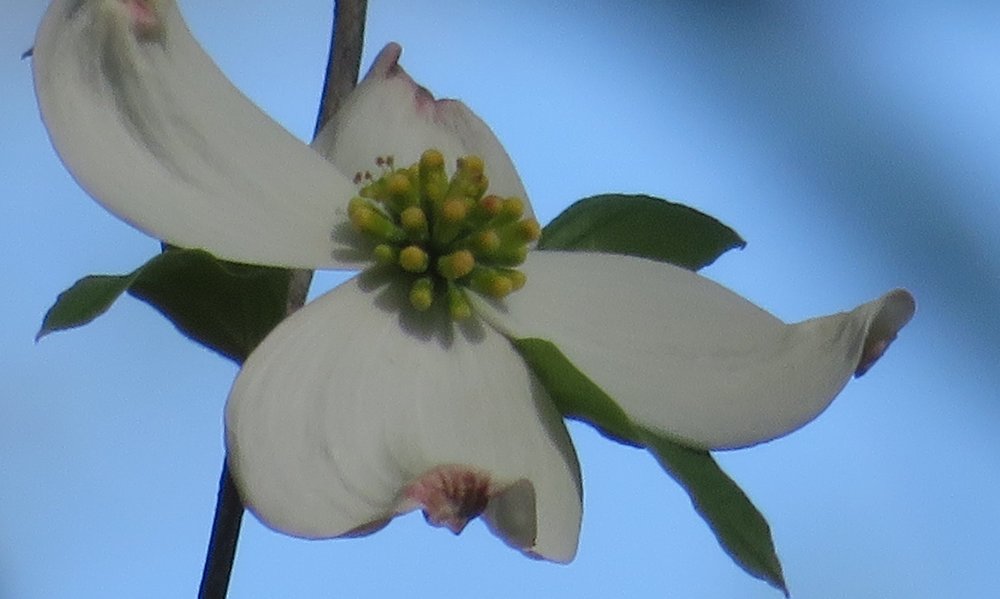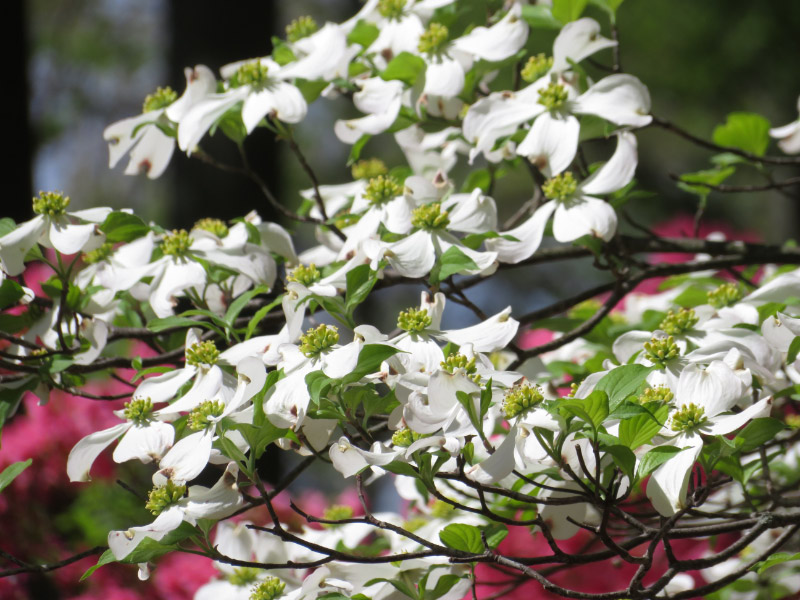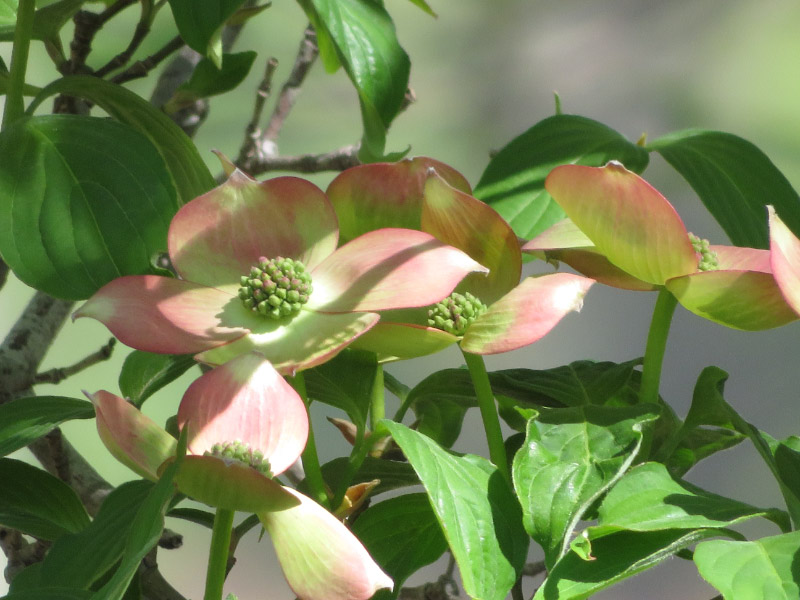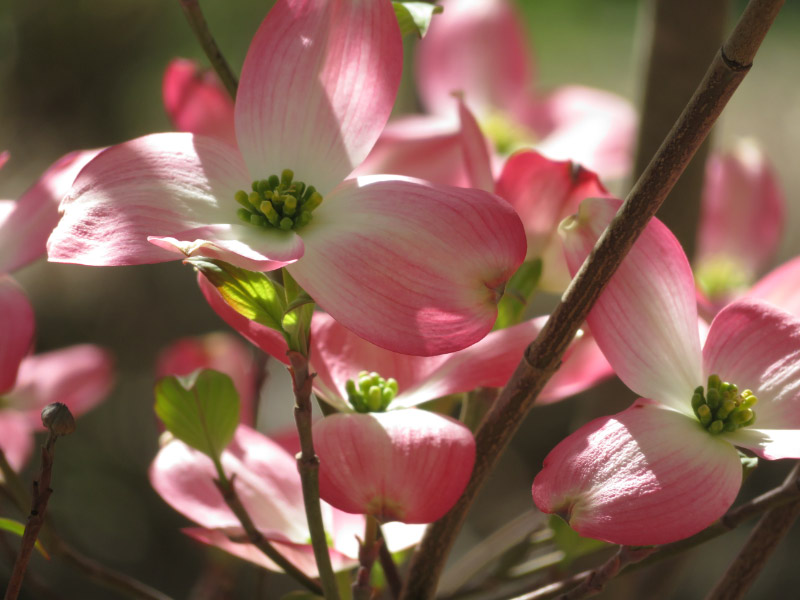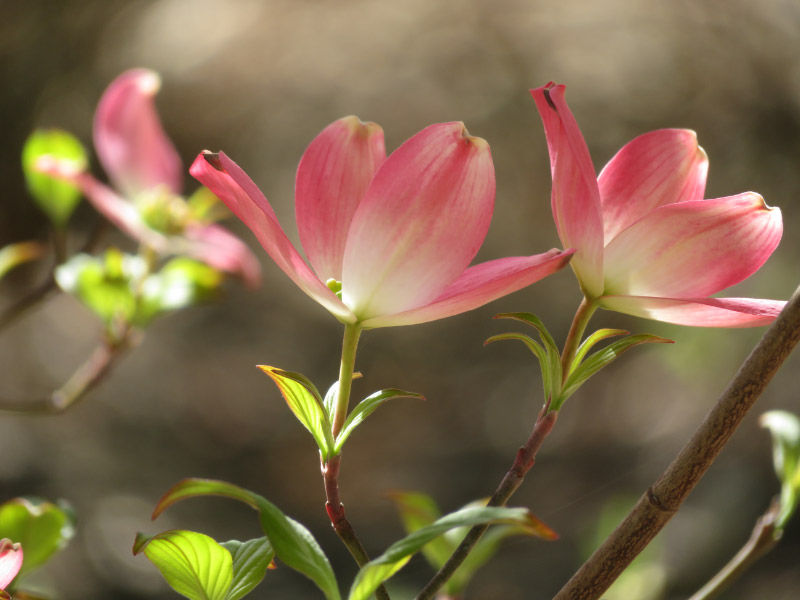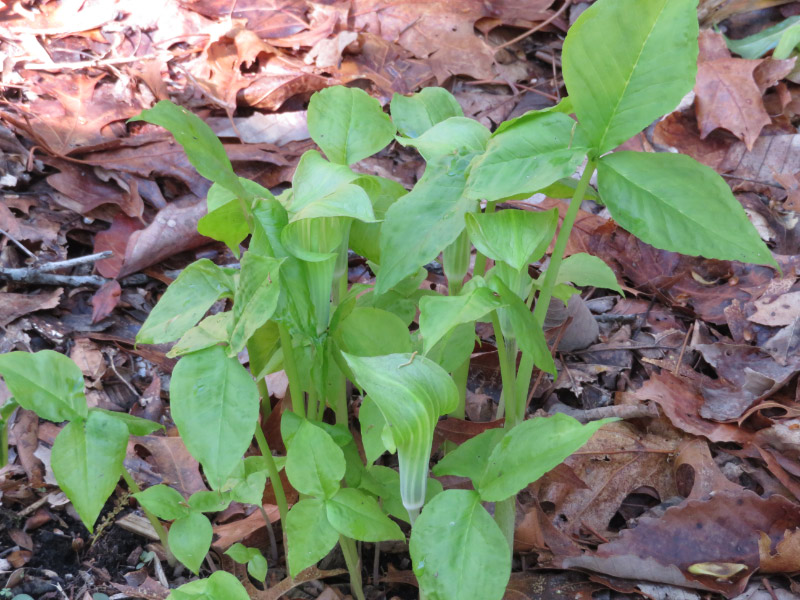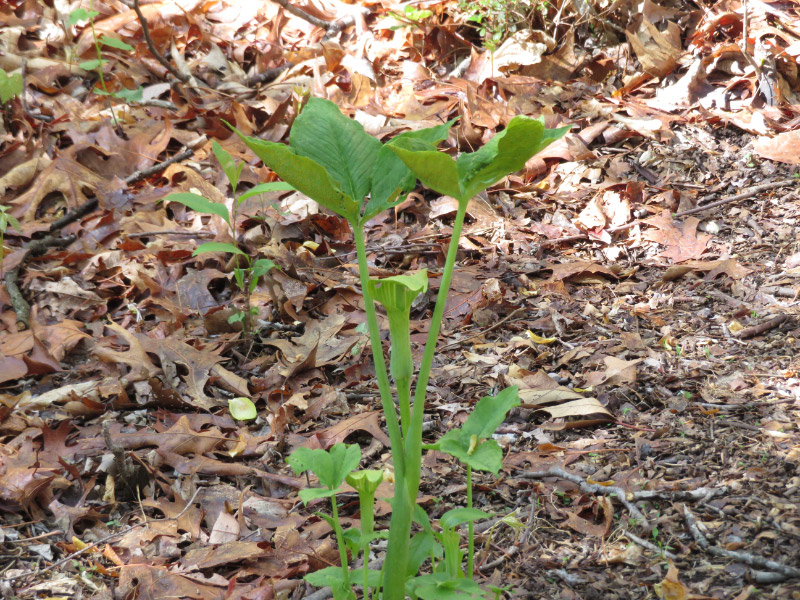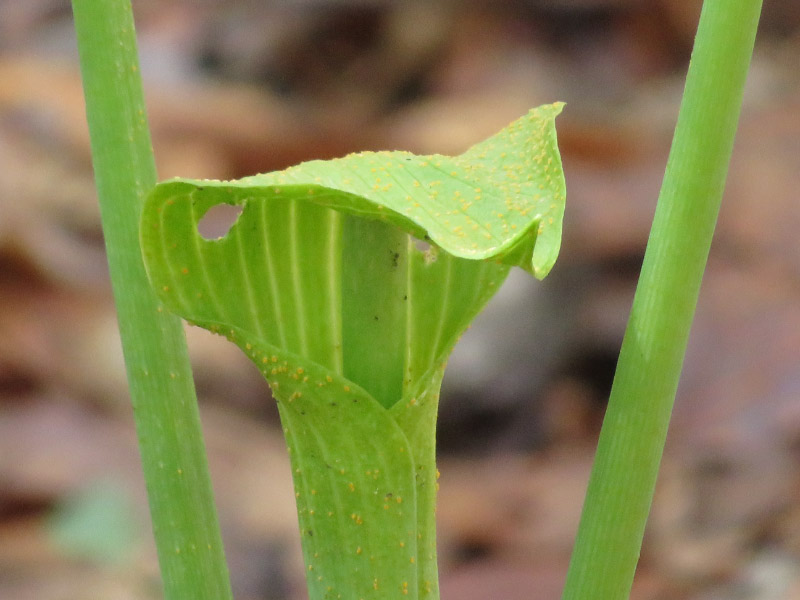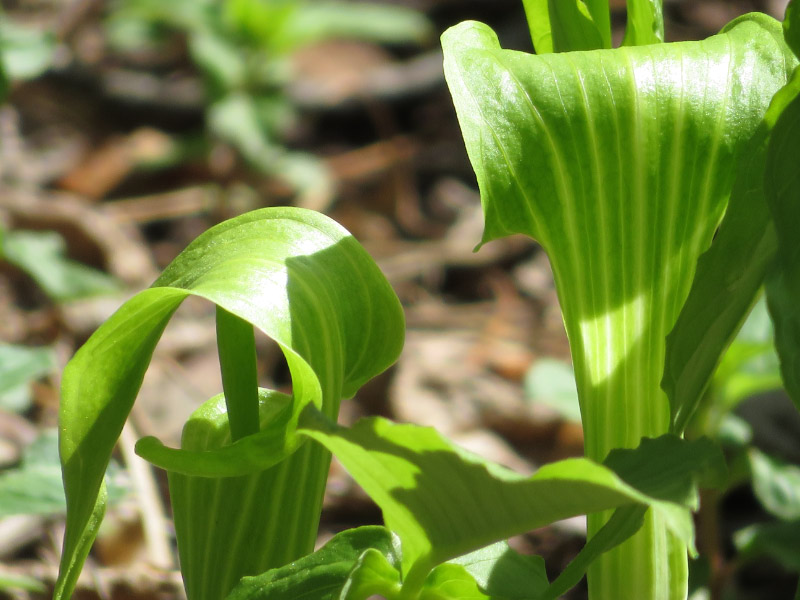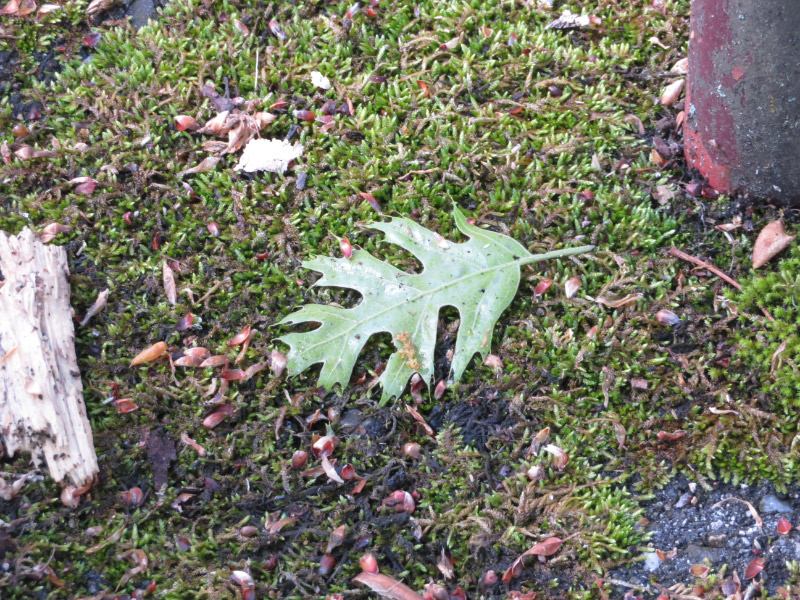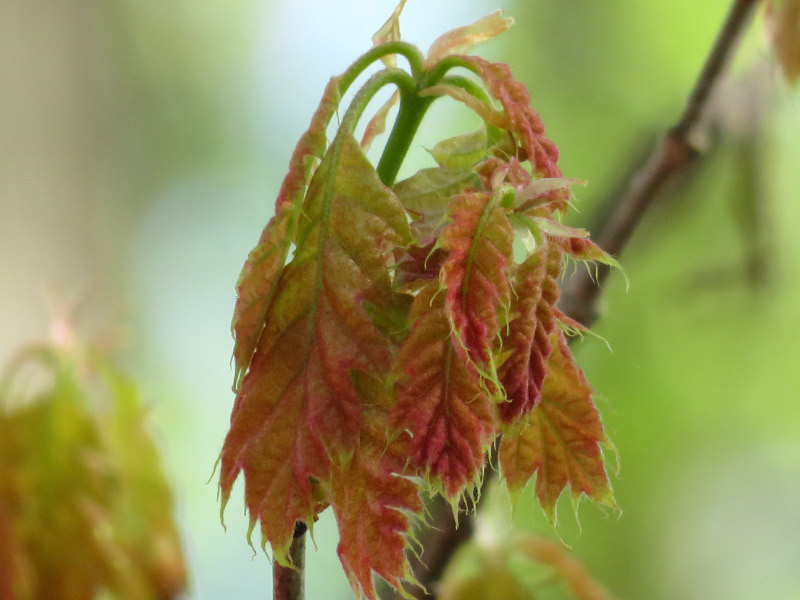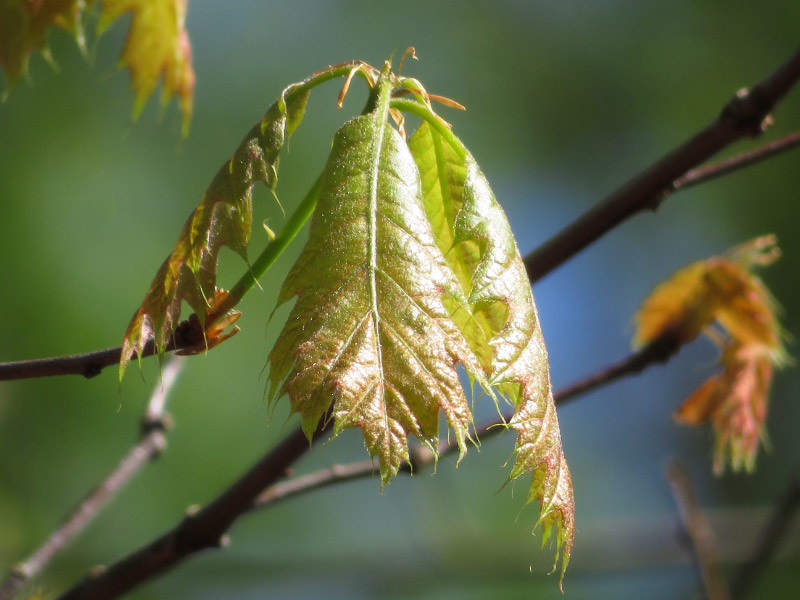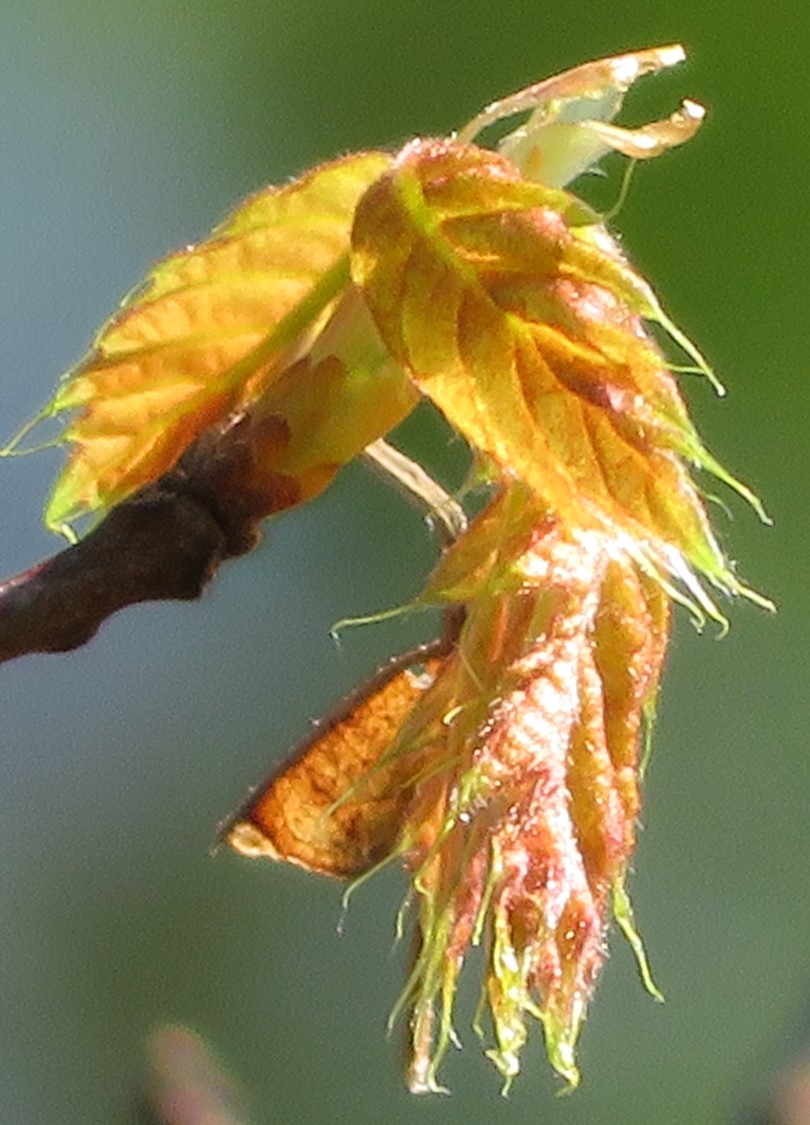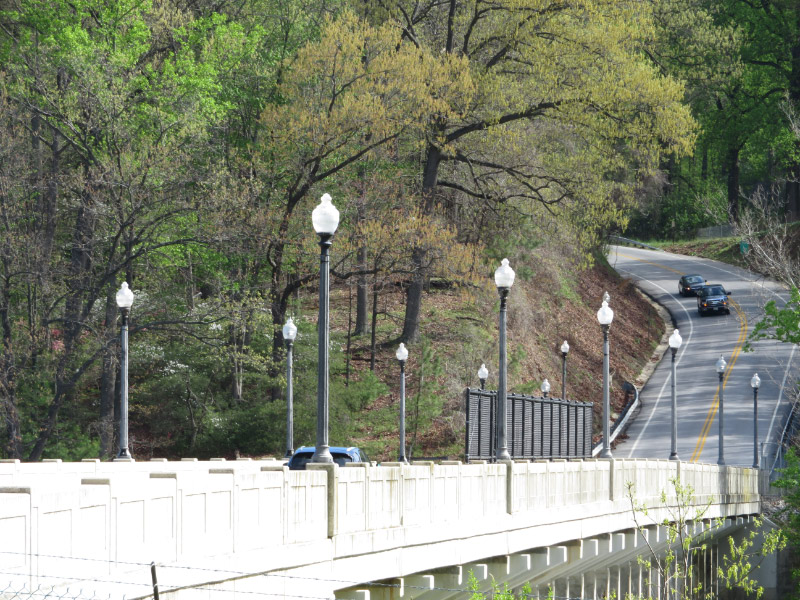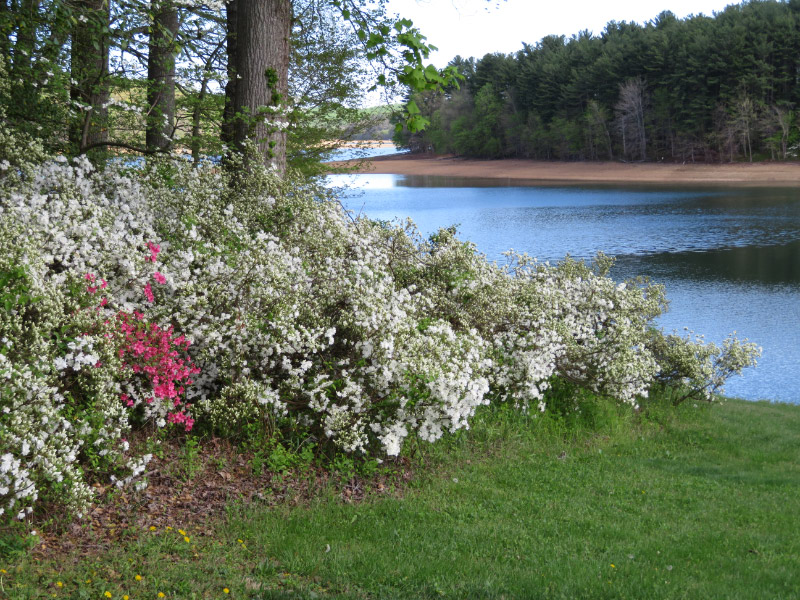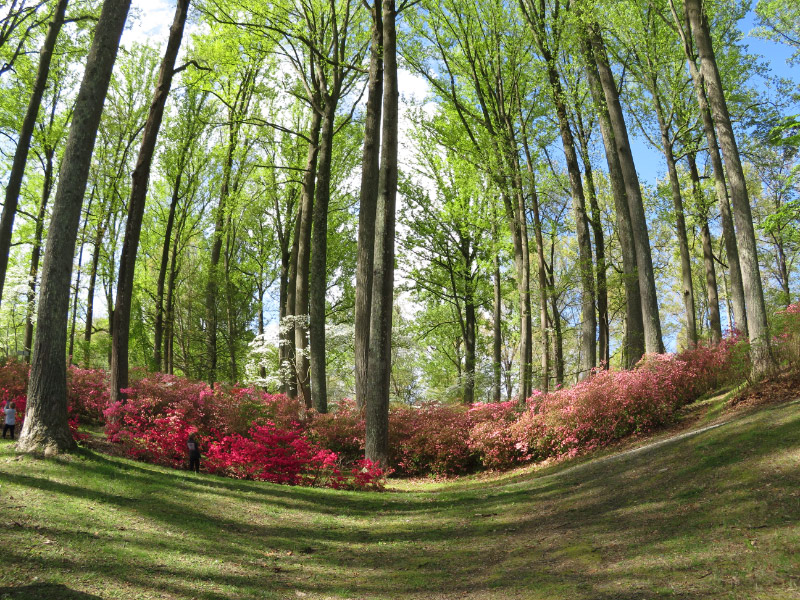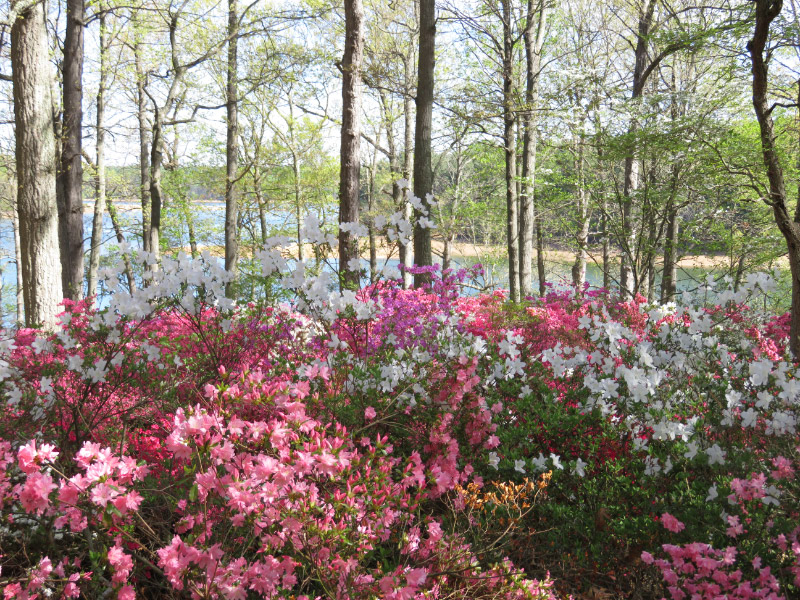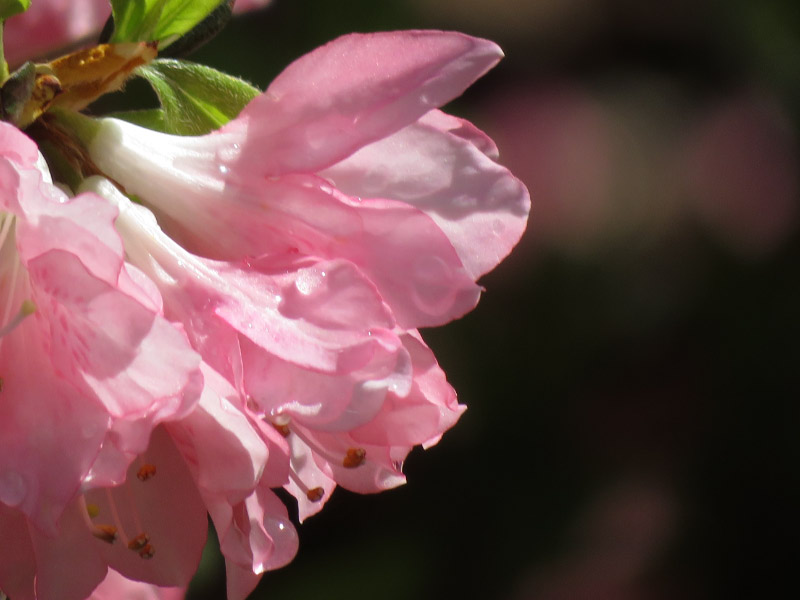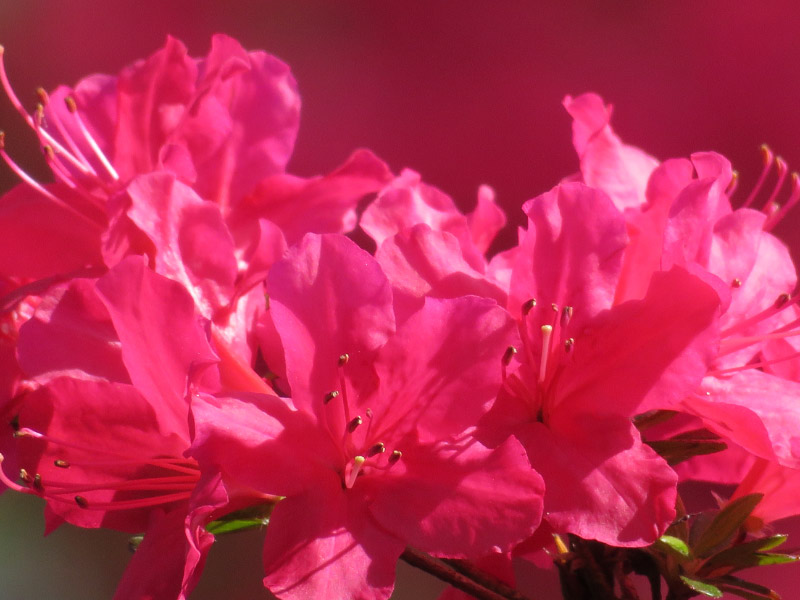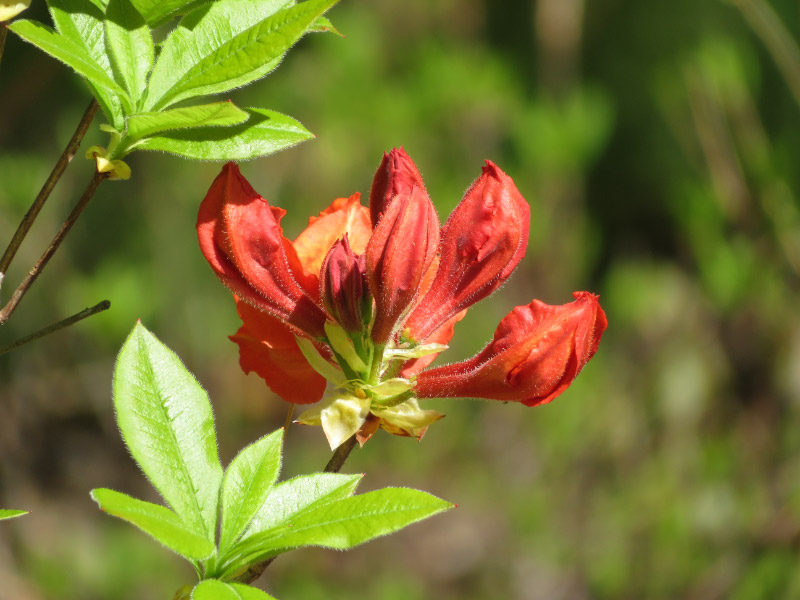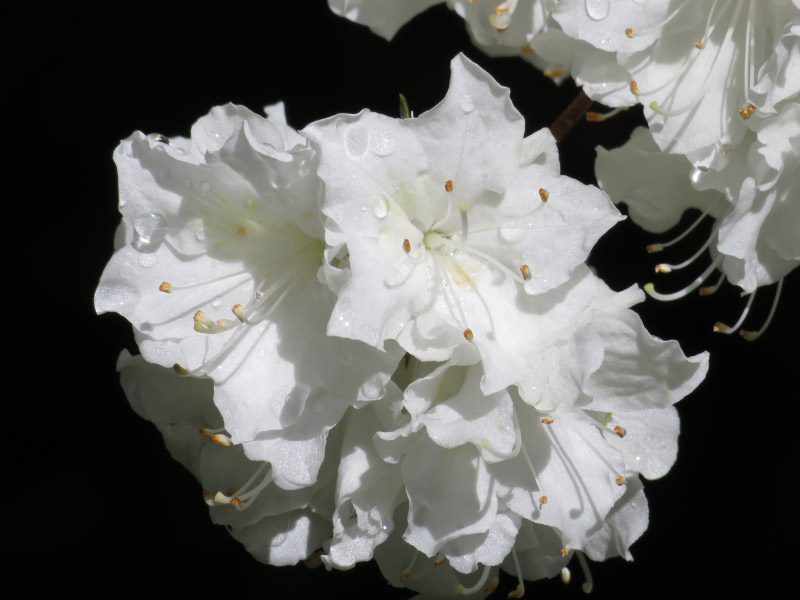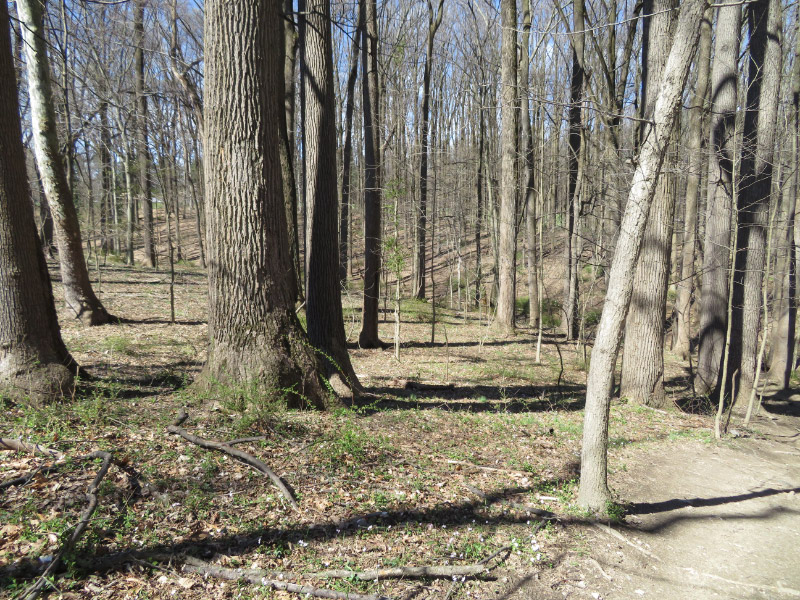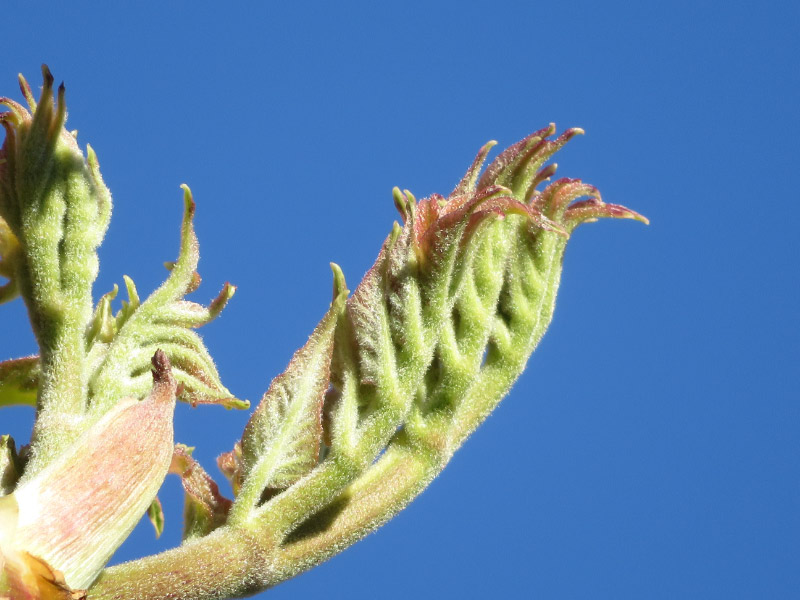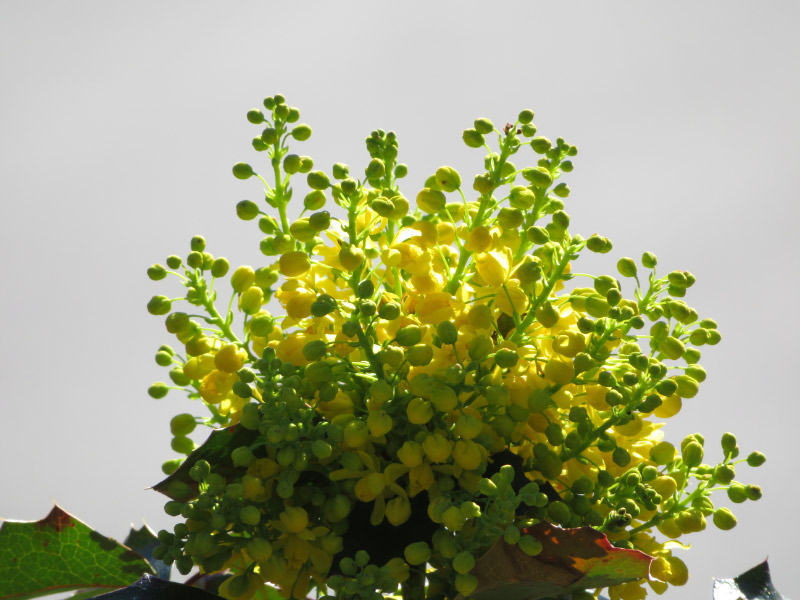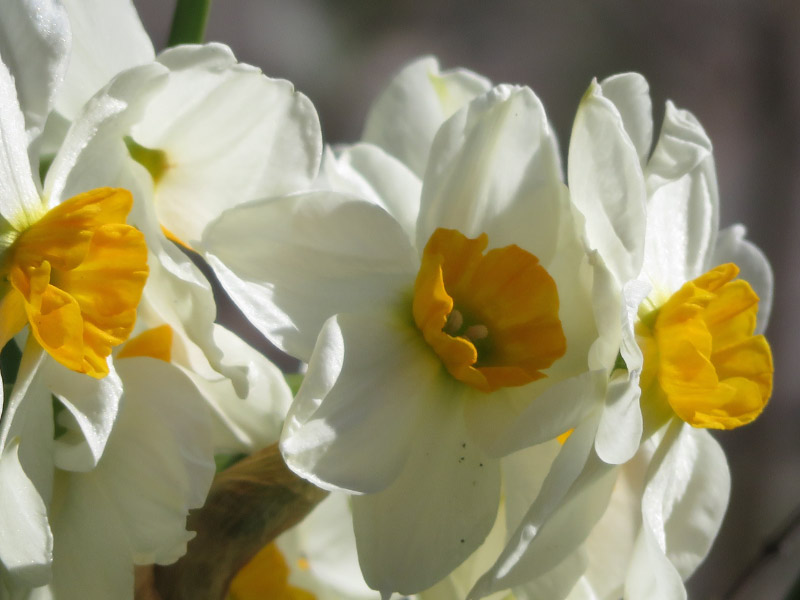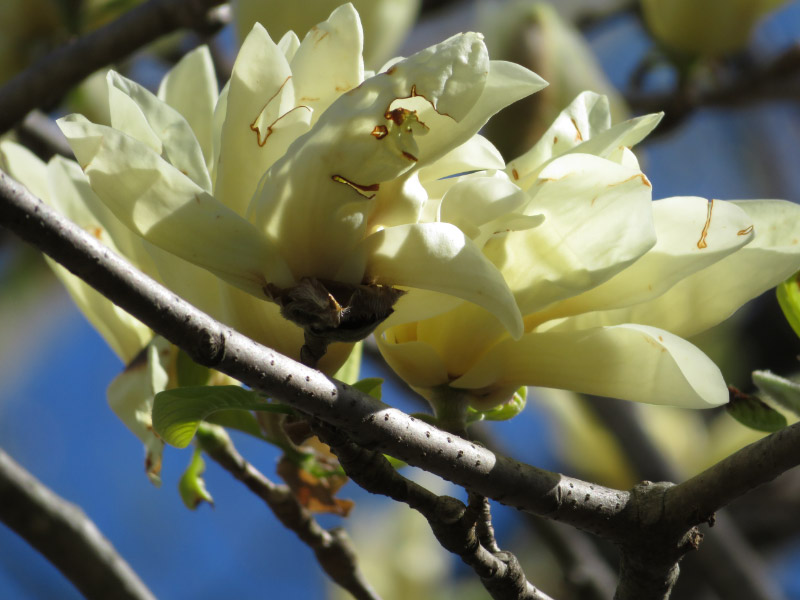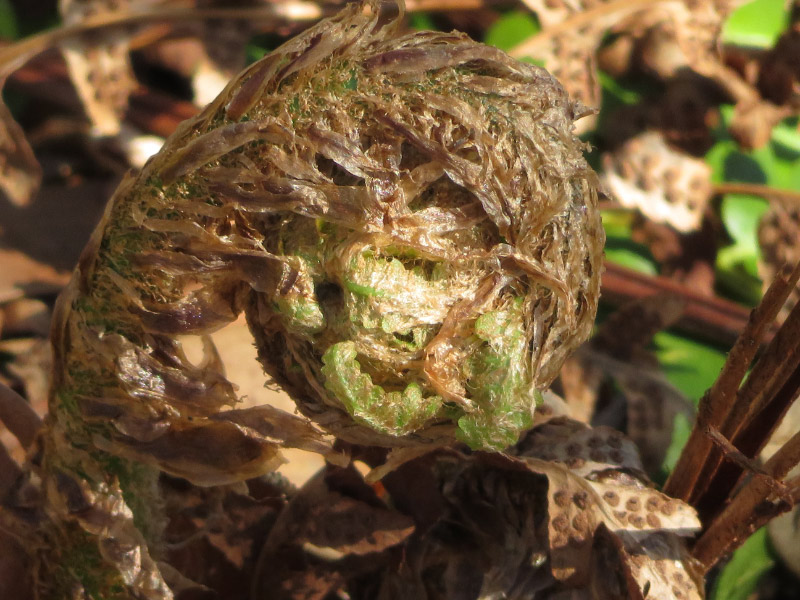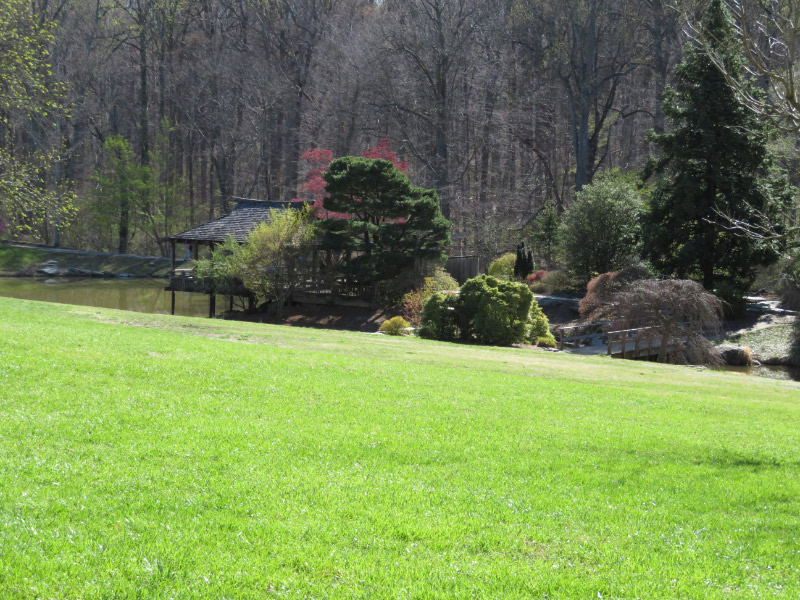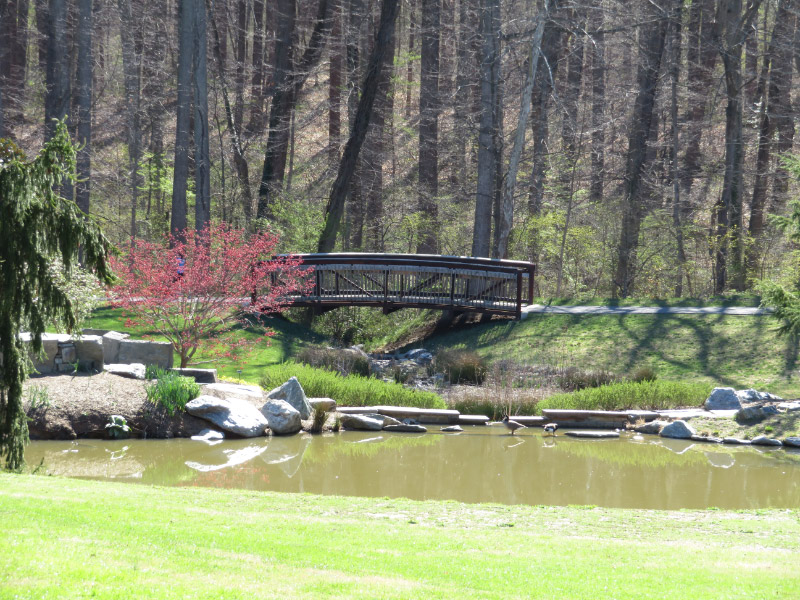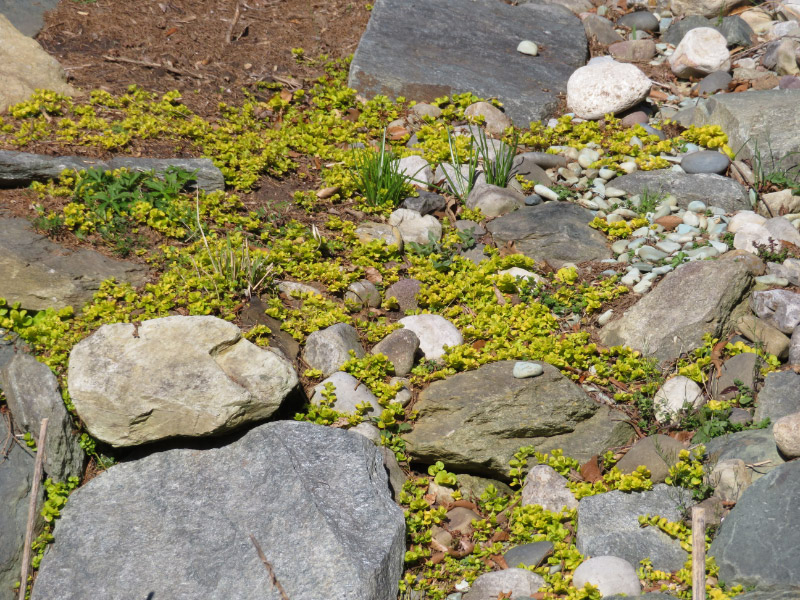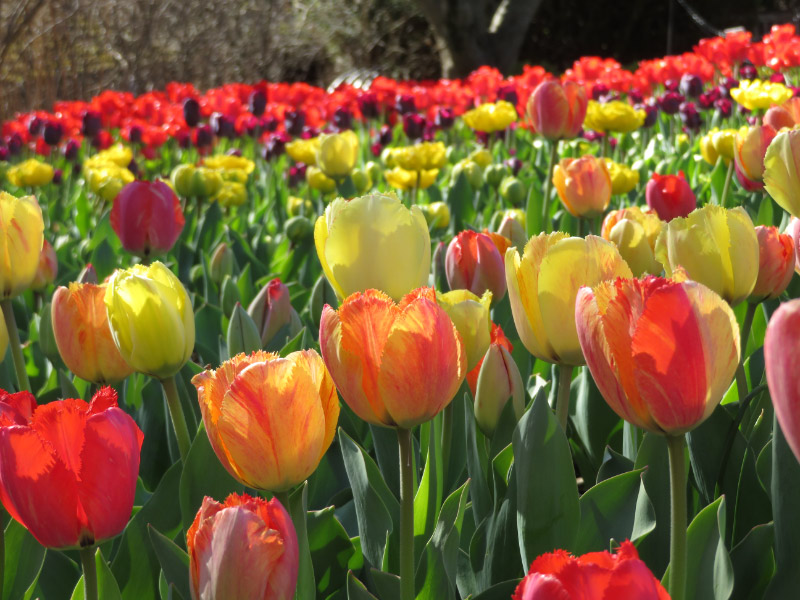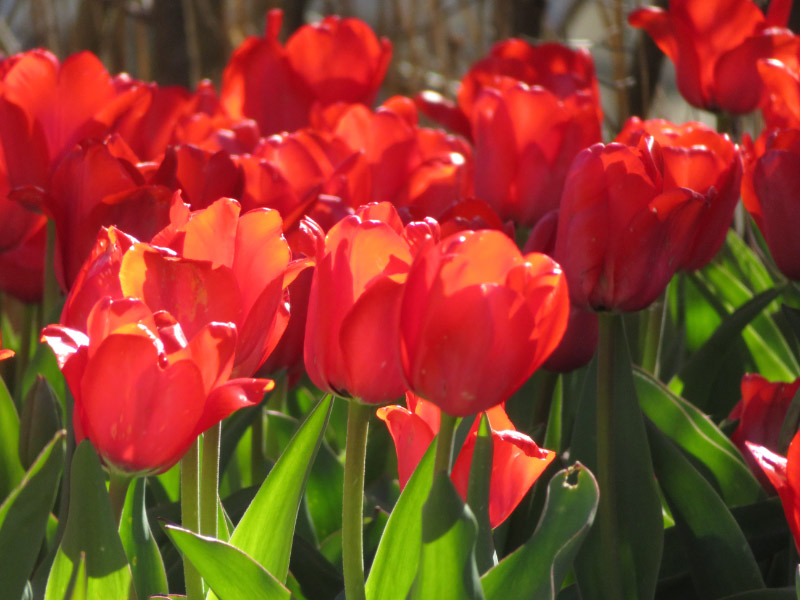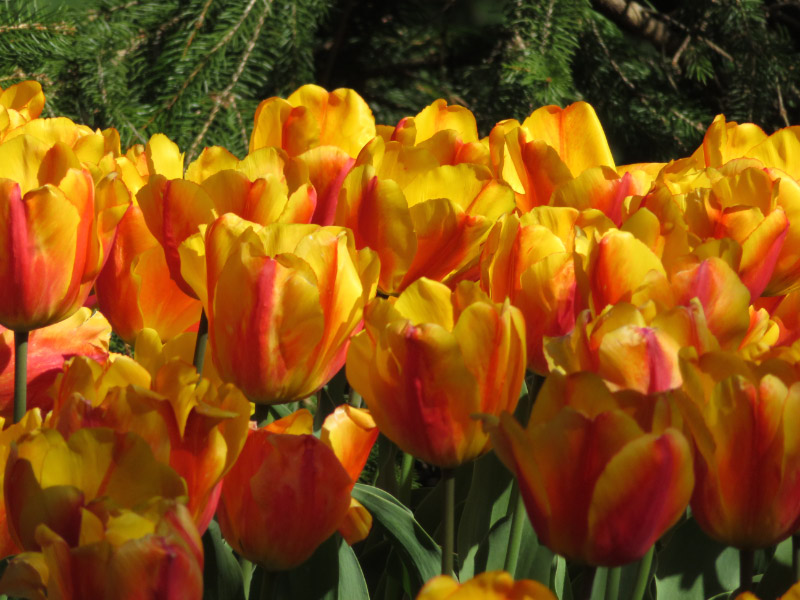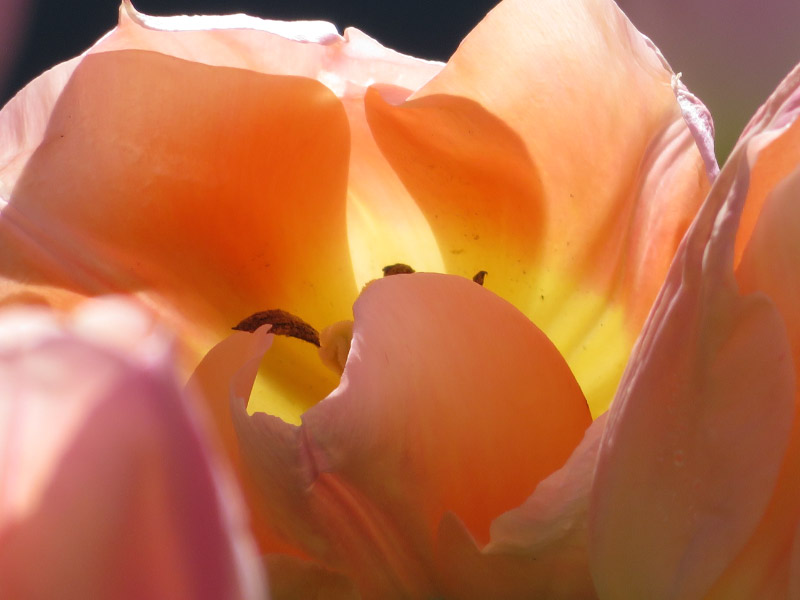Ten Little Celebrations – May 2017
/May was a busier month than April and the change from cold to warm weather still provides a lot of variety…plenty to celebrate.
“Focus on Butterflies” session at Brookside Gardens. Our experience with a photography specific time in the Brookside conservatory with butterflies was very enjoyable. I’m still celebrating the images I managed to capture.
Conowingo. Every time we go it is a celebration that Bald Eagles have recovered from their near extinction from pesticides. We see so many at Conowingo --- along with Great Blue Herons and cormorants. 
Hiking with second graders. I thoroughly enjoy the ‘Science of Soil’ hikes with second graders. It seems like every group is excited about the topic…and being outdoors in general!
Two pre-school Nature Tales field trips in one day. Even though it rained all day – both the morning and afternoon group of pre-schoolers enjoyed their field trip. My segment (which I repeated 5 times!) was about trees and butterflies. Their celebration of walking to the nature center in the rain with their boots and rain gear was contagious!
TSA Pre. Every time I see that my boarding pass has ‘TSA Pre’ results in a little celebration. It is such a relief to not have to pack so I can get my laptop and quart sized Ziploc out easily…or wear slip on shoes that can come off…and back on easily.
Family. This month I saw more of my mother’s side of the family than I have in a long time. They are getting older so every time I see them together, it’s cause for celebration.
A lull before a flurry of busy days. With all the travel going on in the last half of the month, I celebrated a day that was a calm beforehand.
Setting up the Monarch Nursery. I thought my strategy to bring Monarch Butterfly caterpillars inside so that I could gradually take the milkweed plants out of the front flowerbed was a good one – and I celebrated when I found most of what I needed in the basement. My first caterpillar seemed to be doing well…but I put him back outside on the milkweed when I left on my travels. I’ll start a nursery again when I am going to be around to give them fresh leaves every day or so.
 Wood Ducks as the Neighborhood Pond. Our neighborhood looked so terrible after they cleaned it out….but the wood ducks came anyway. I celebrated their visit.
Wood Ducks as the Neighborhood Pond. Our neighborhood looked so terrible after they cleaned it out….but the wood ducks came anyway. I celebrated their visit.
Skirts. I’ve gotten skirts out again and am celebrating how great they are to wear when the weather is warmer.



